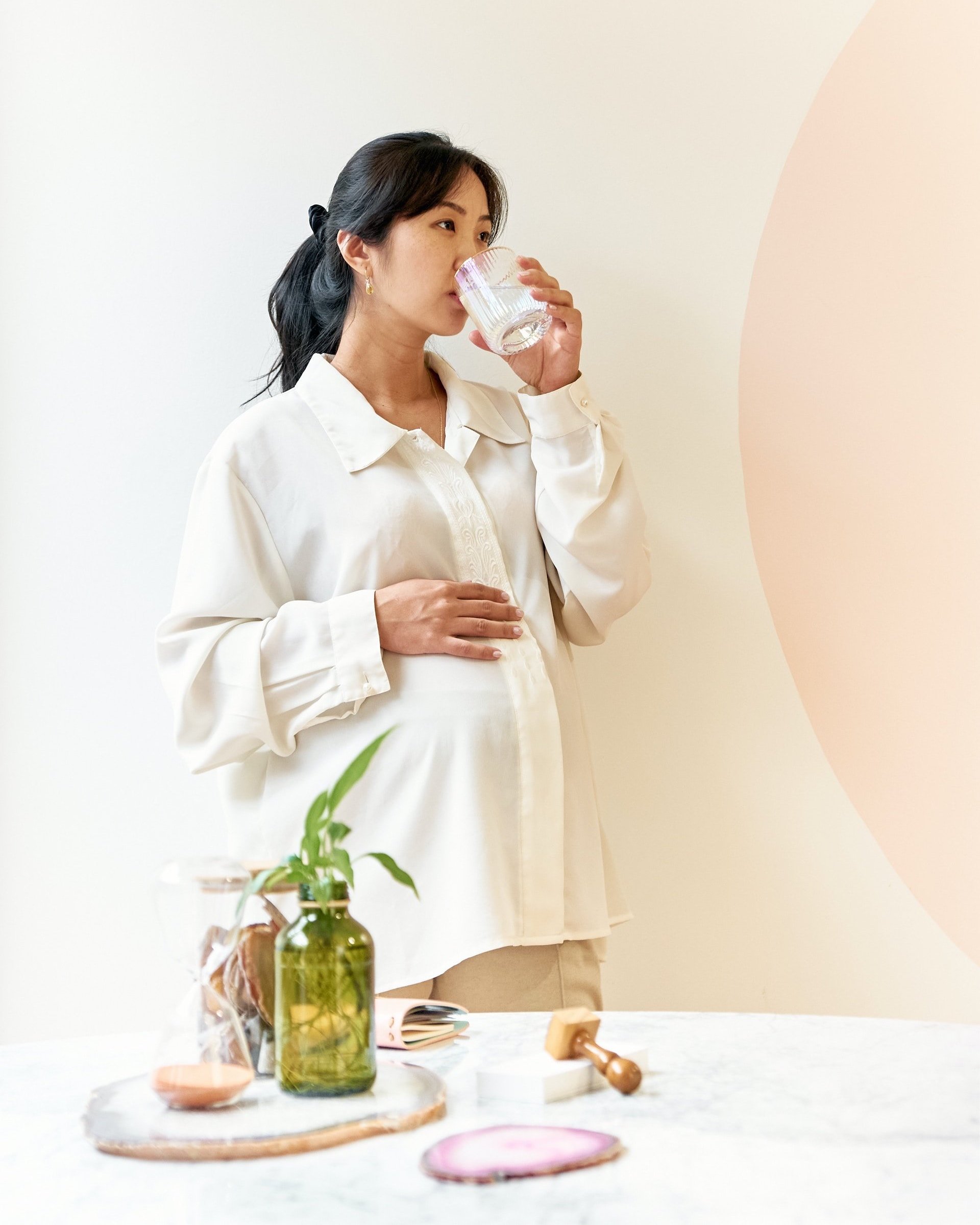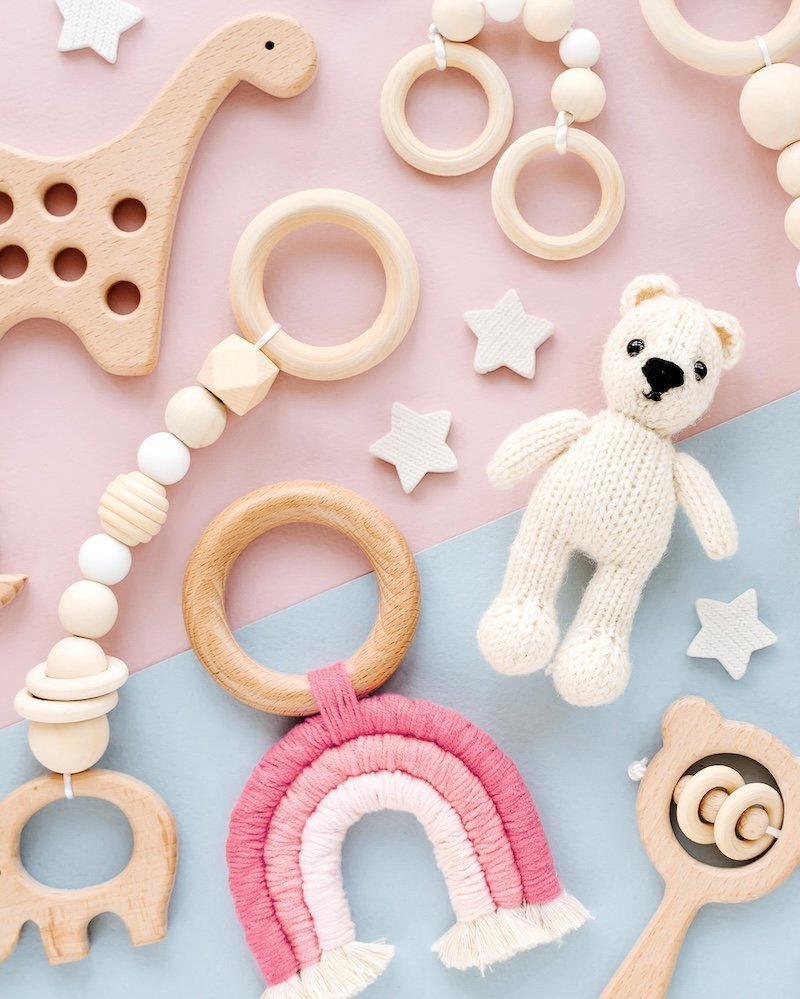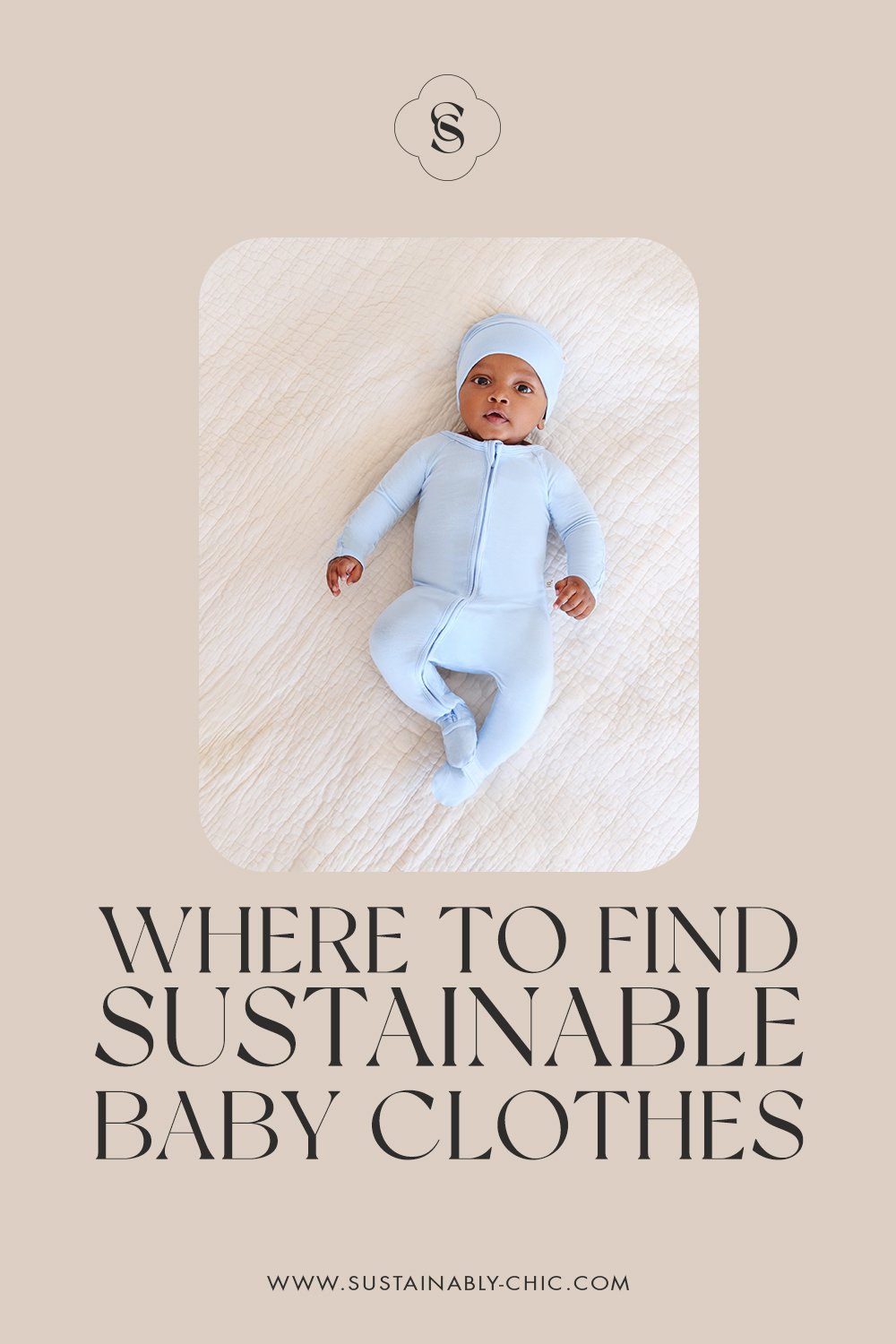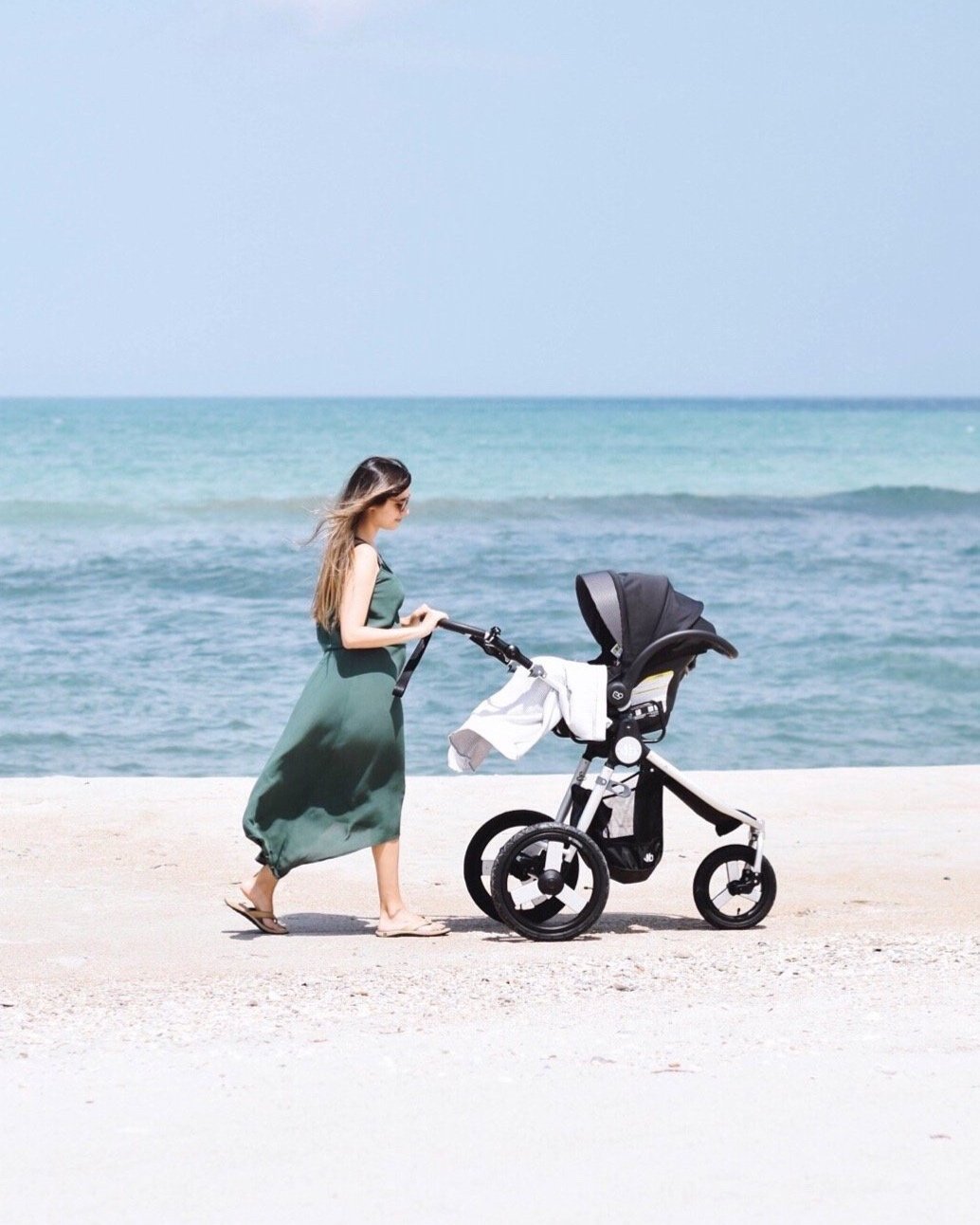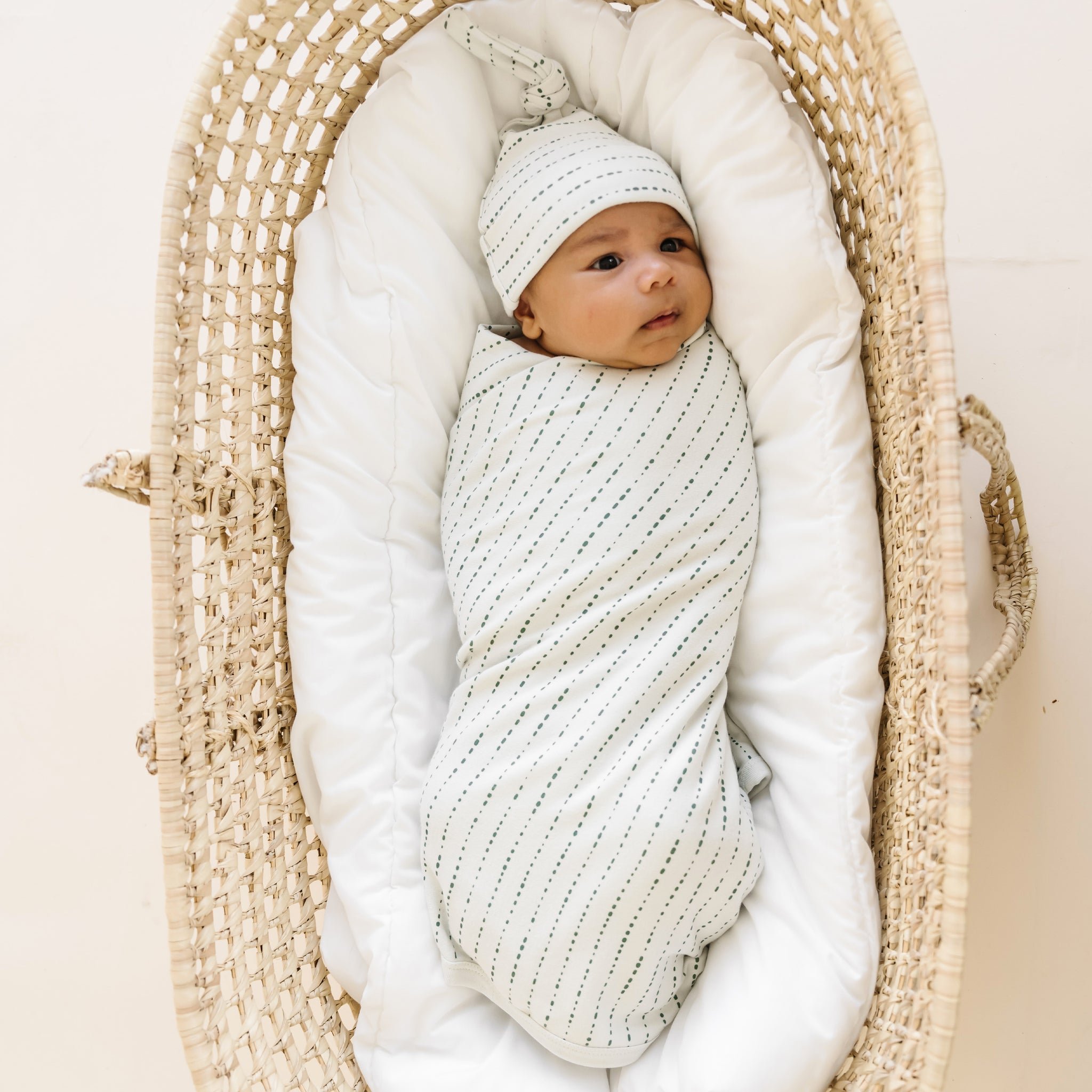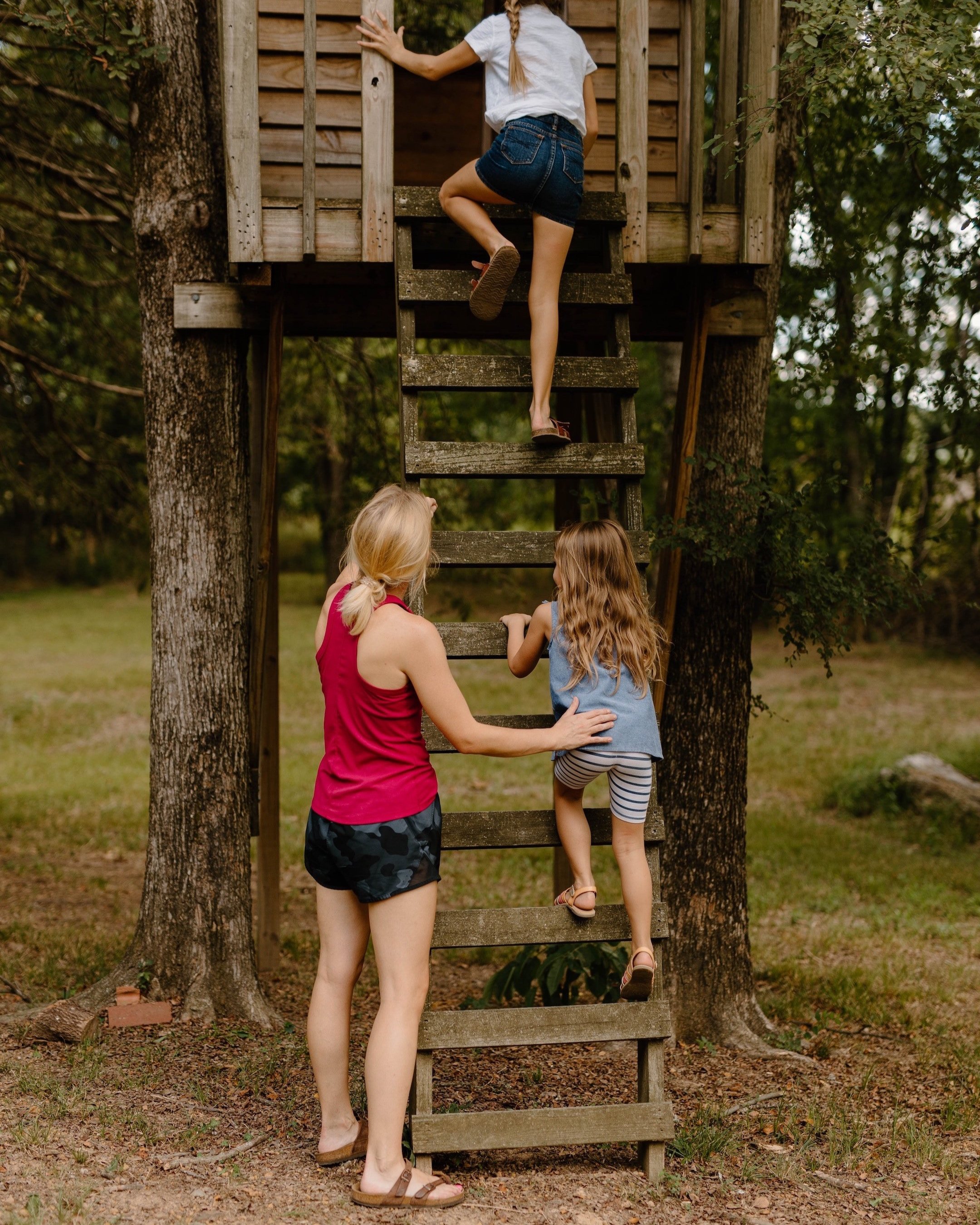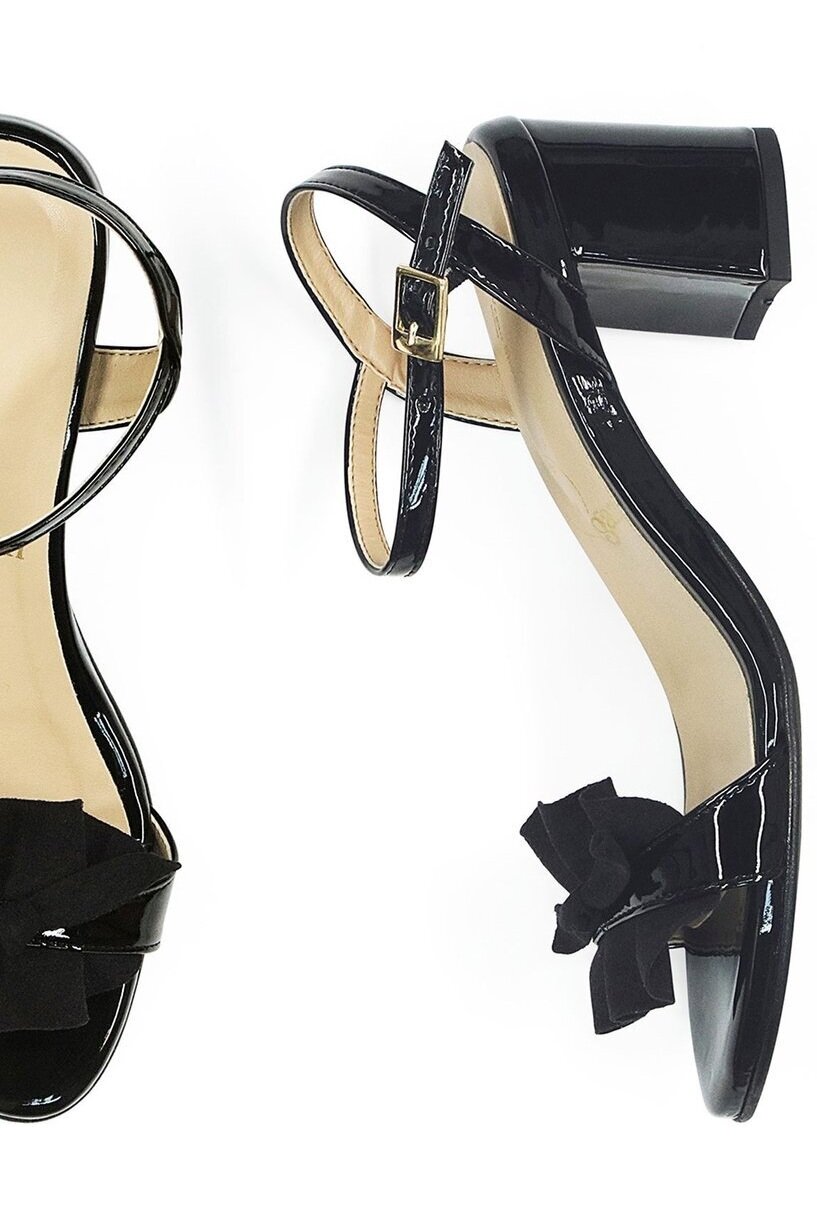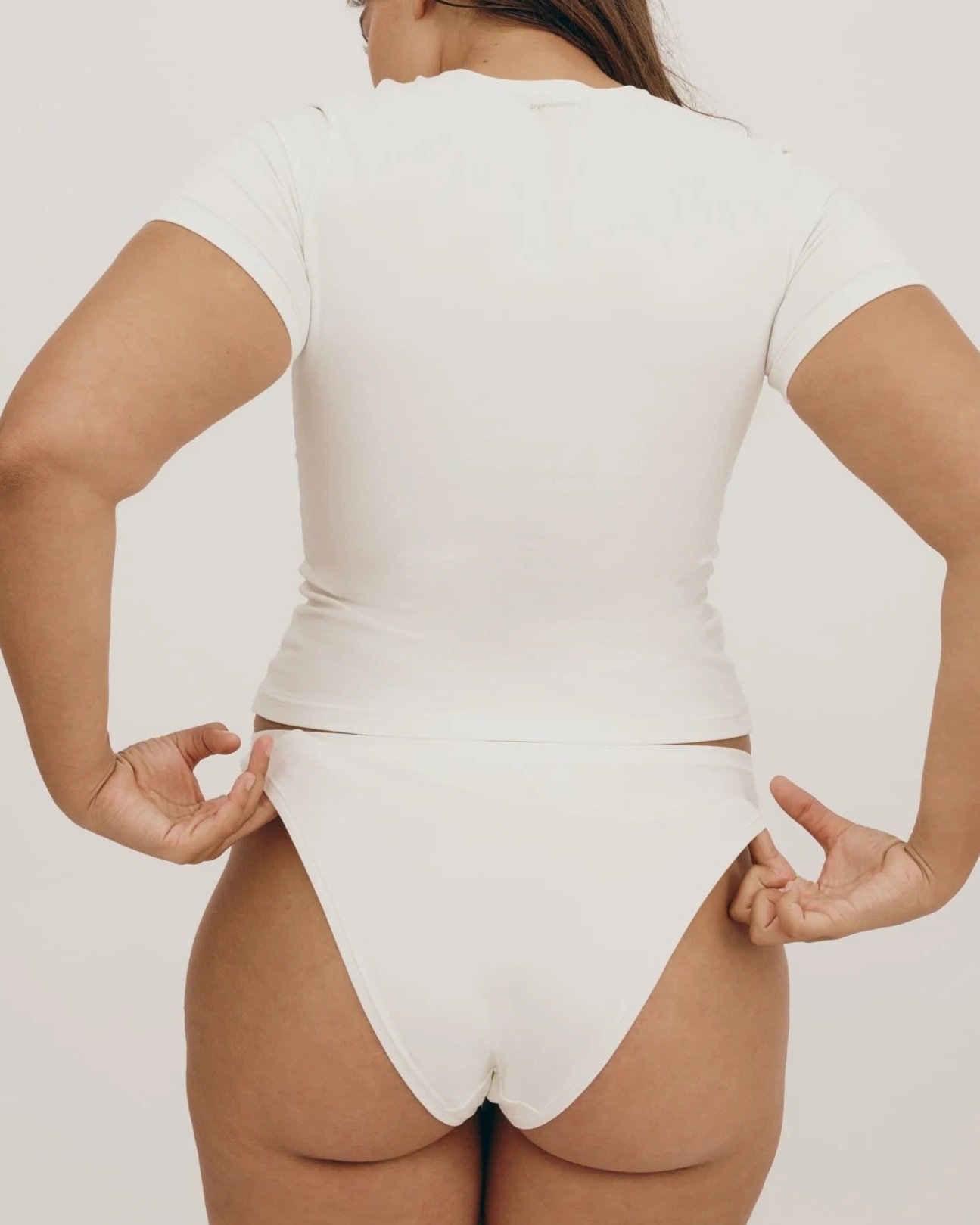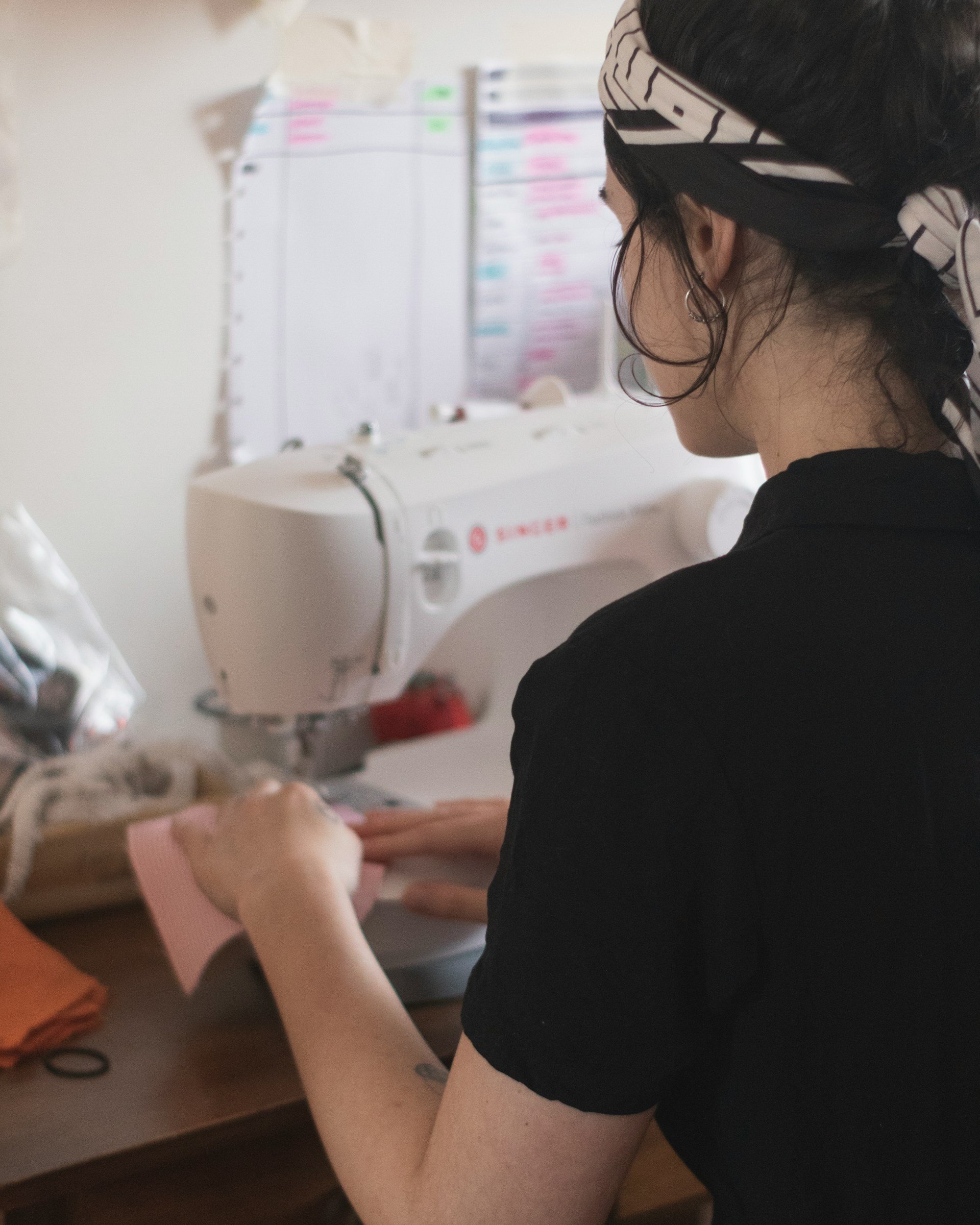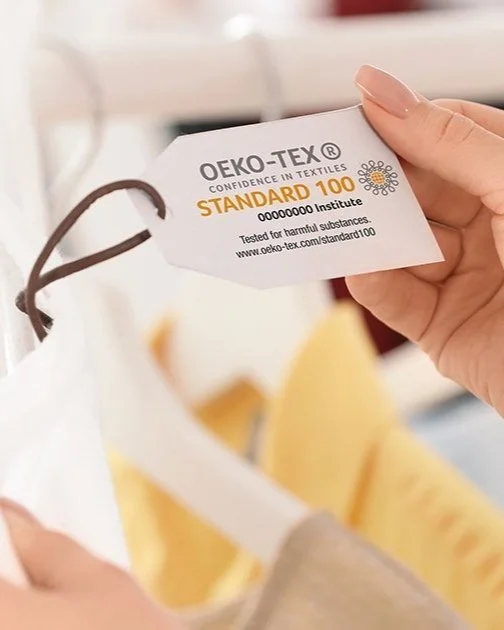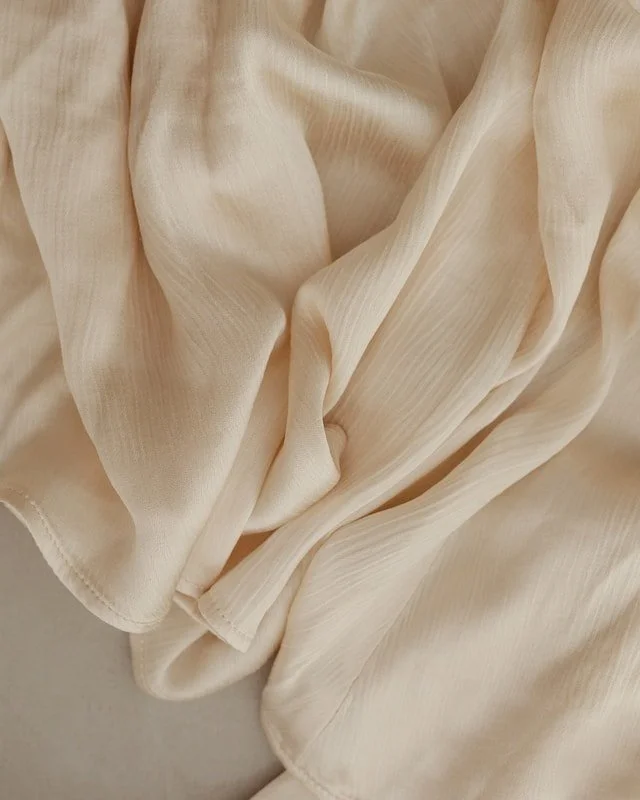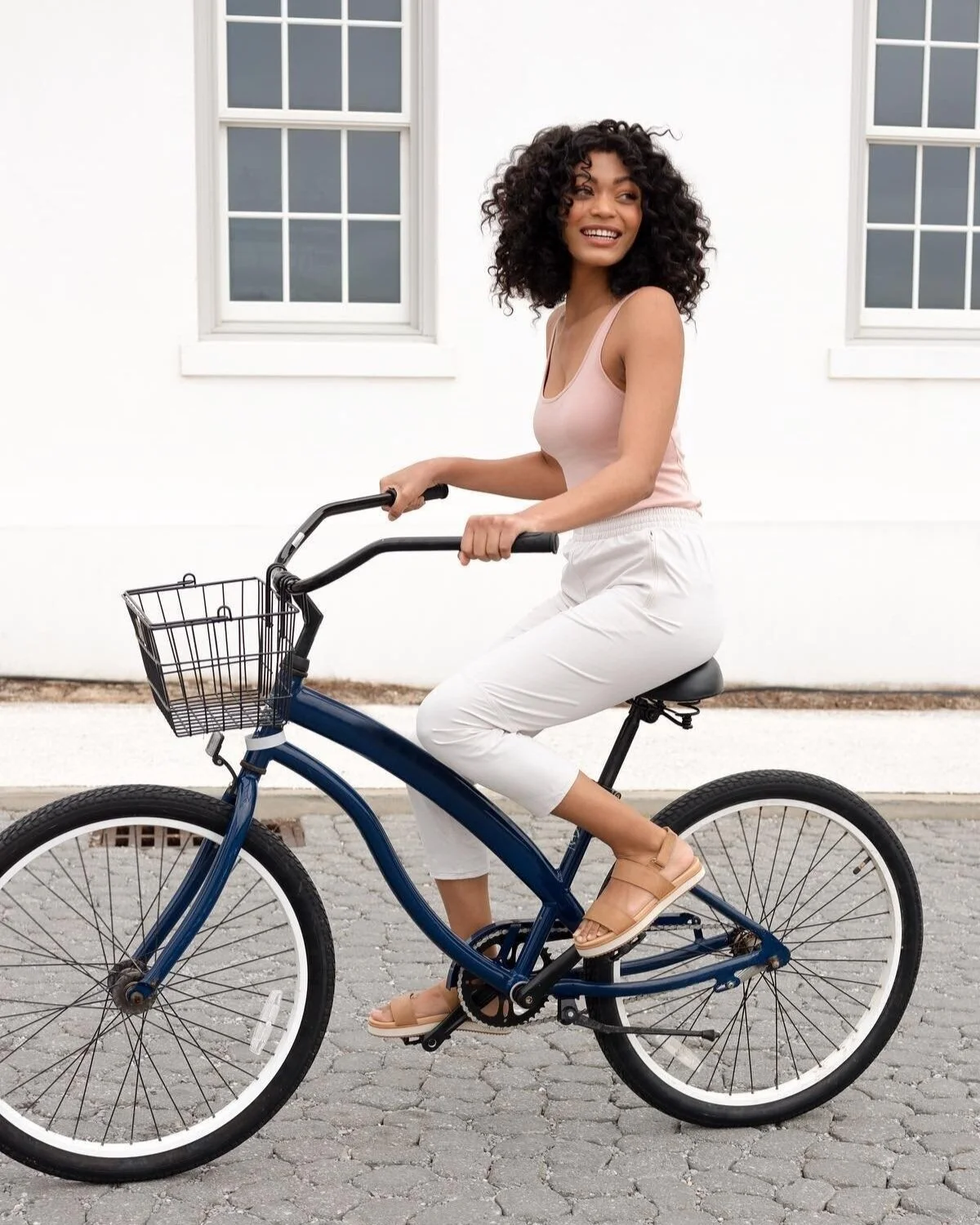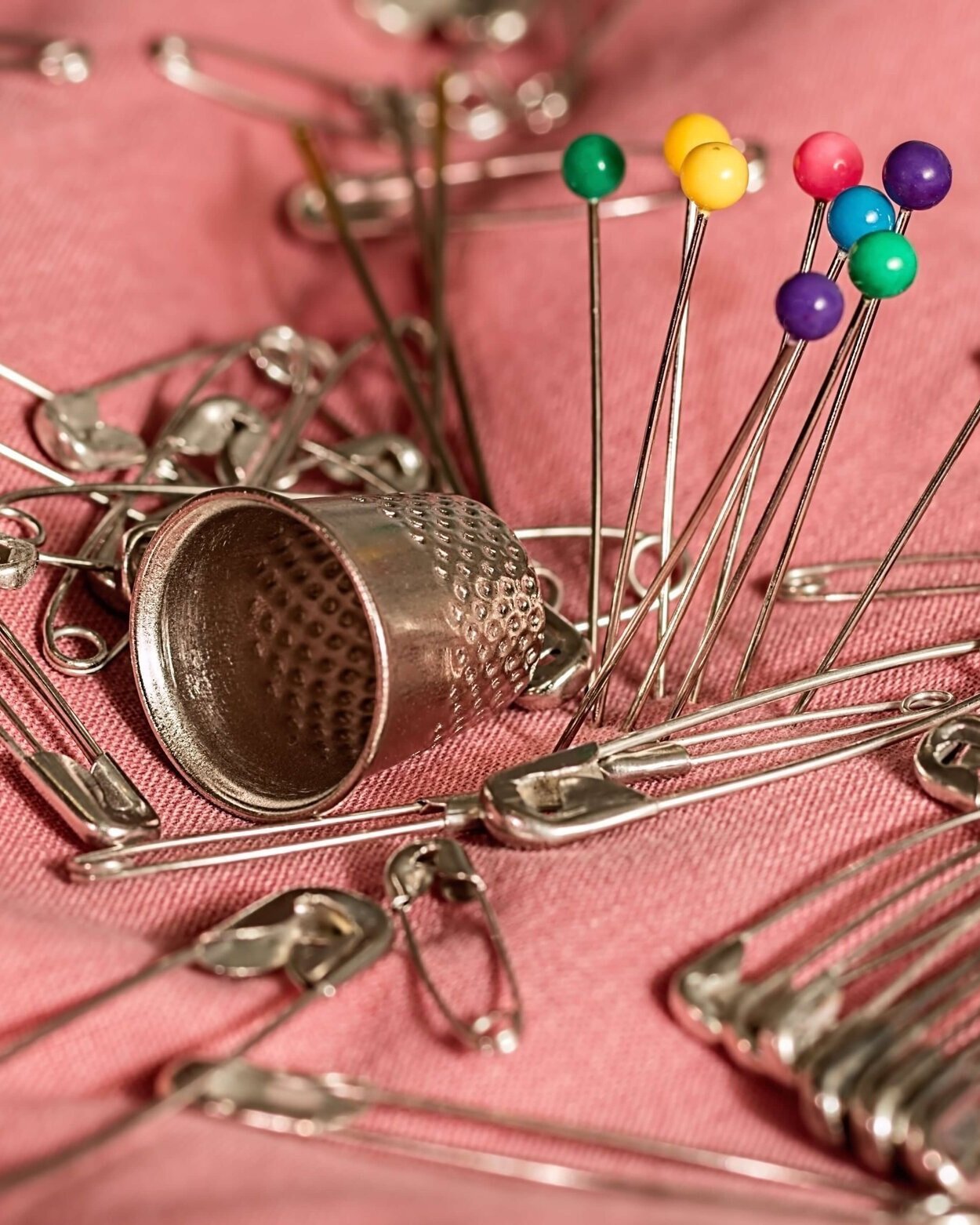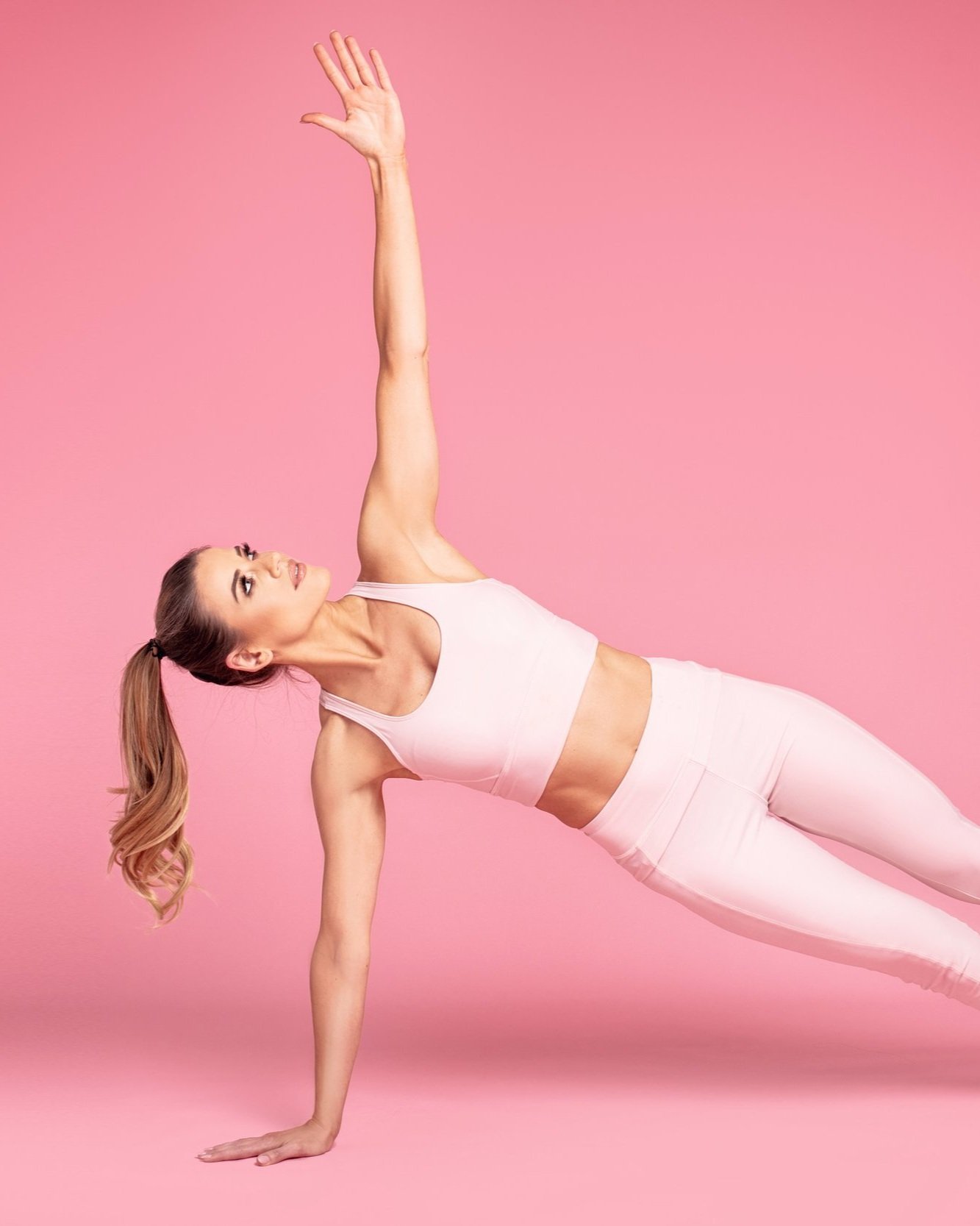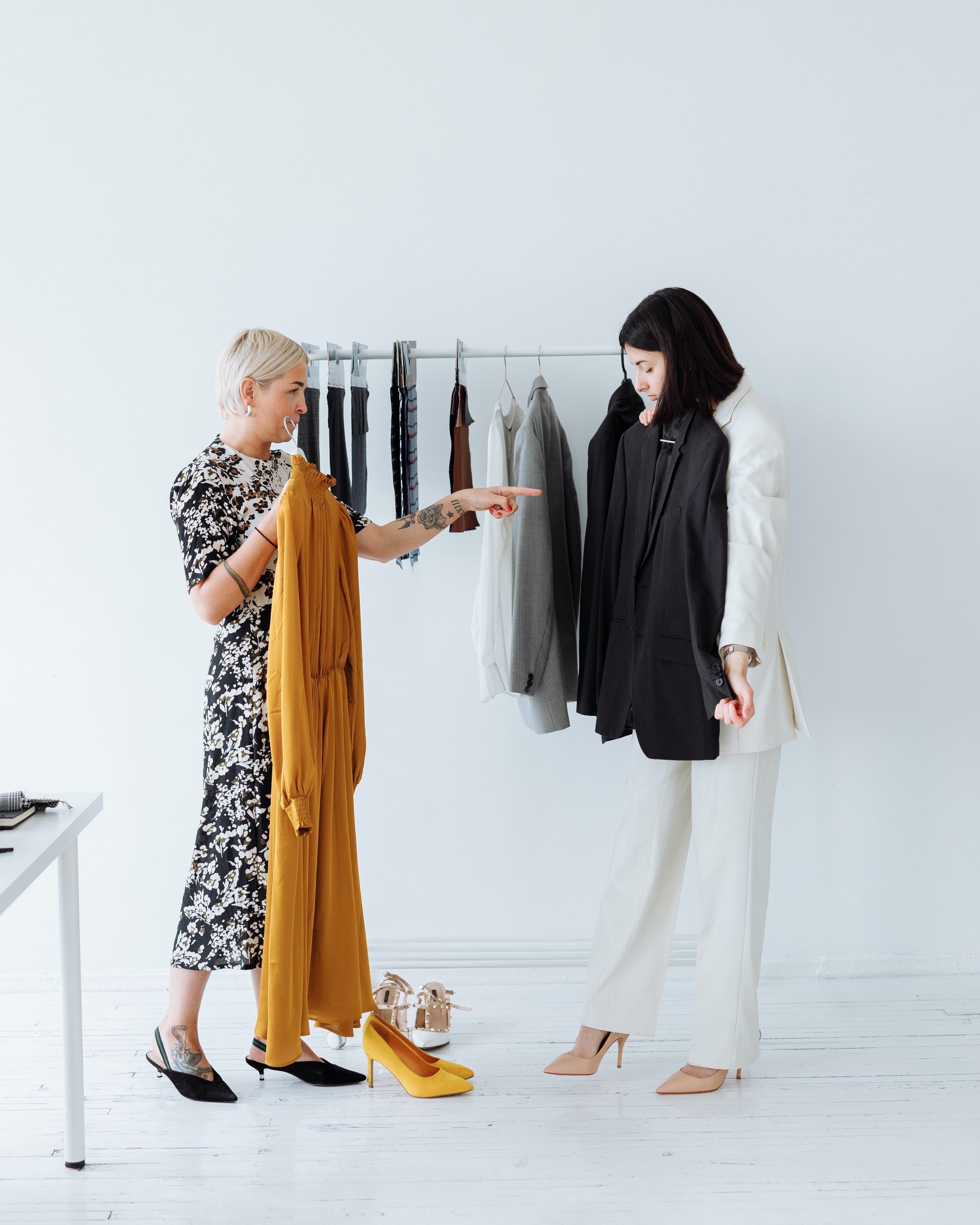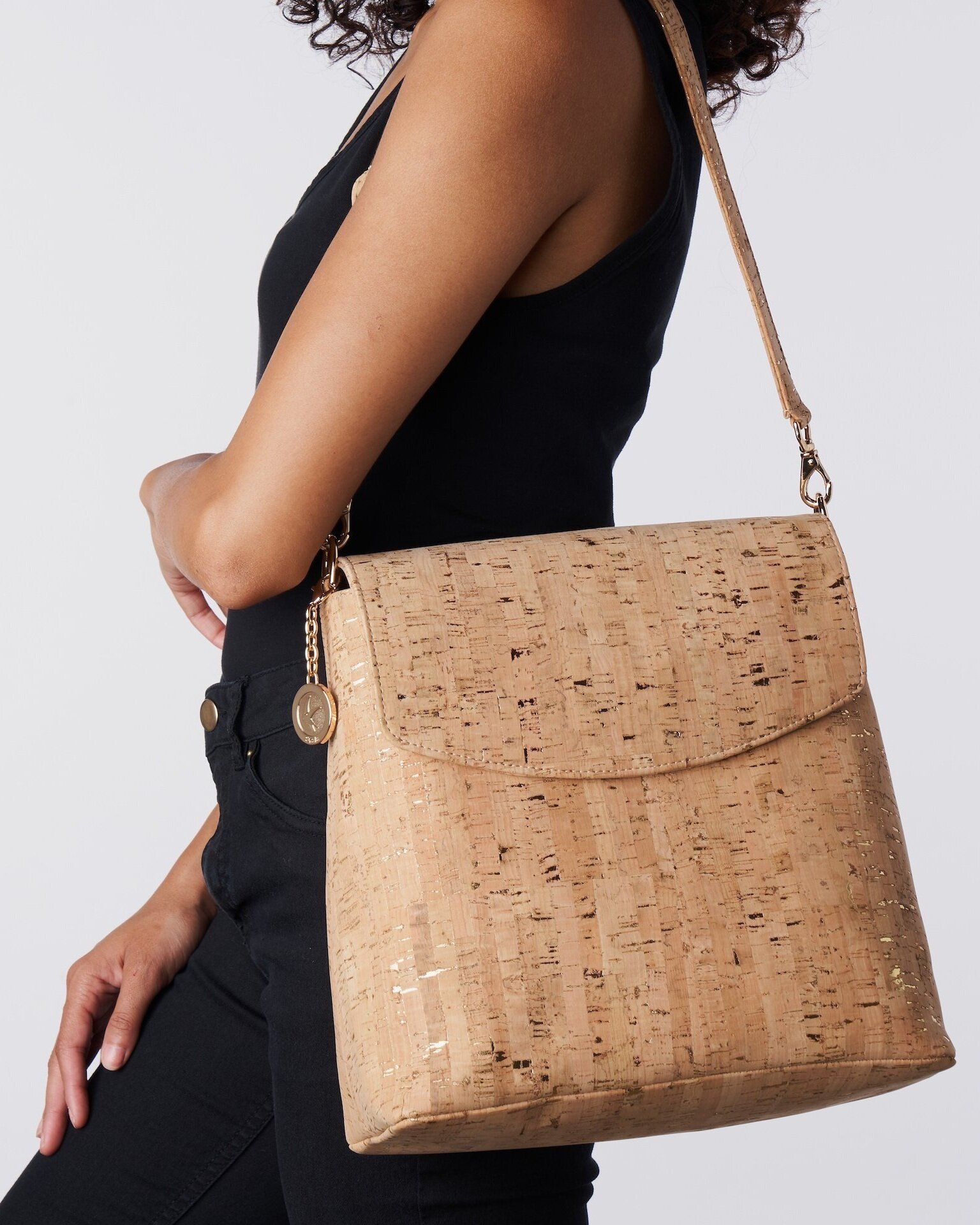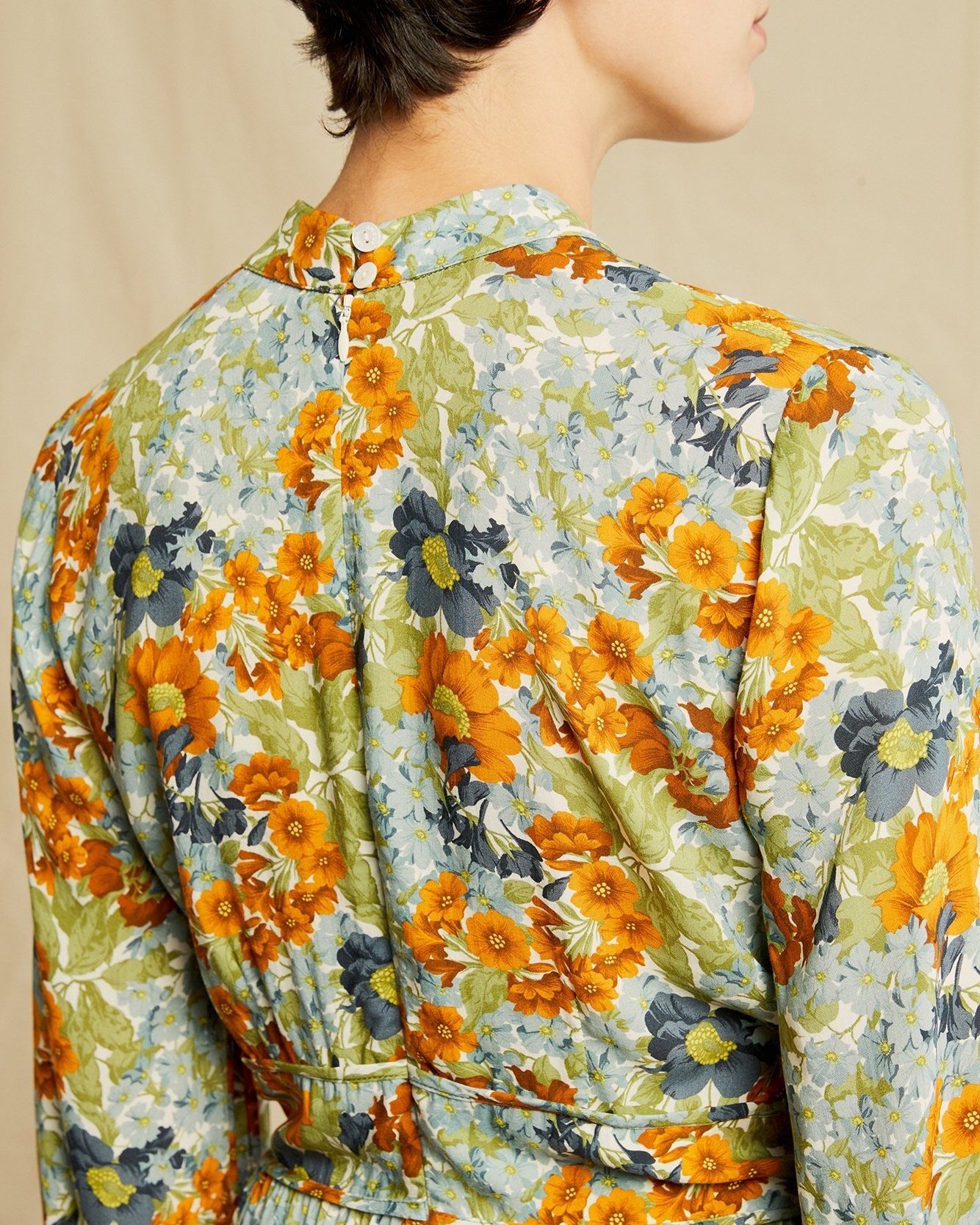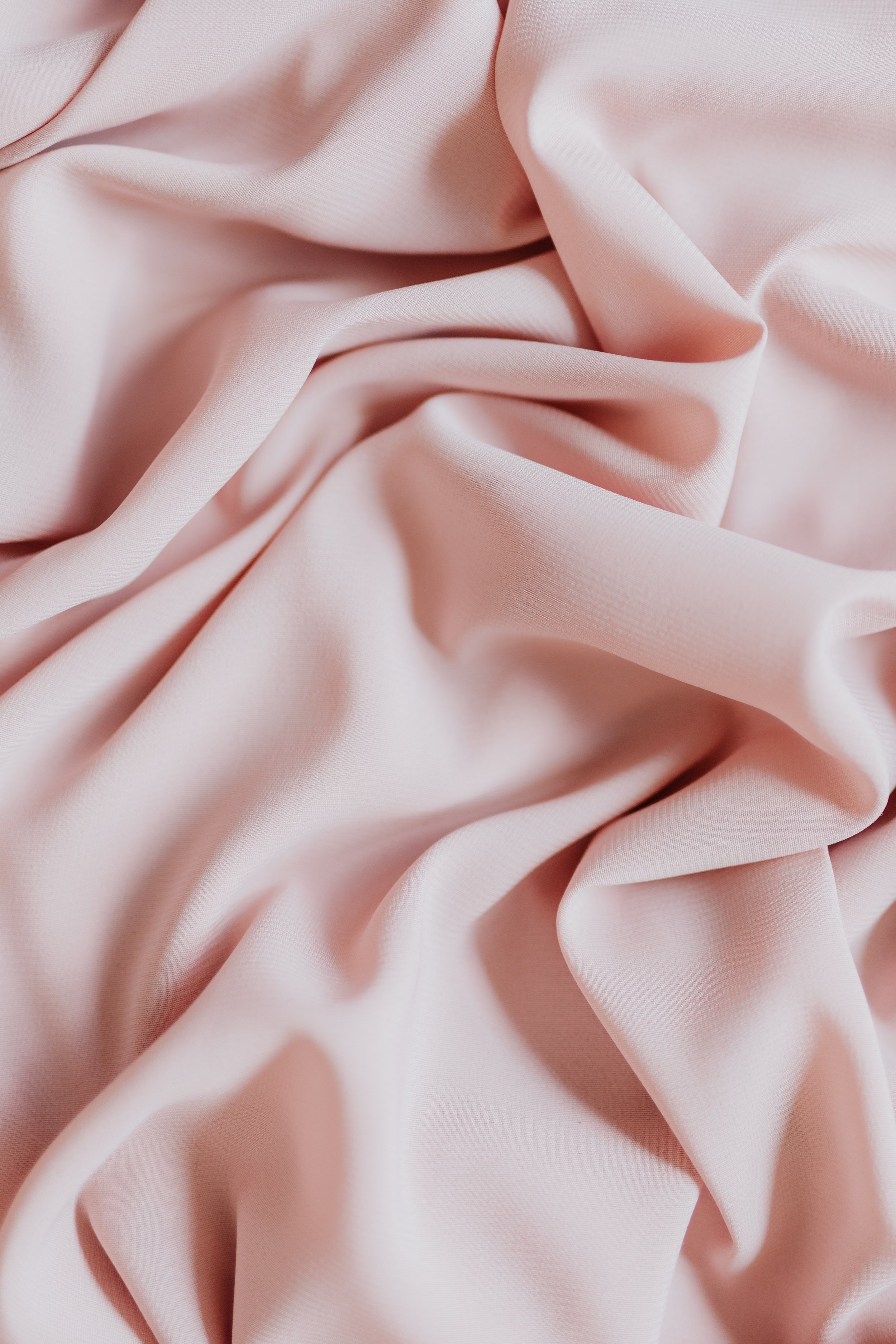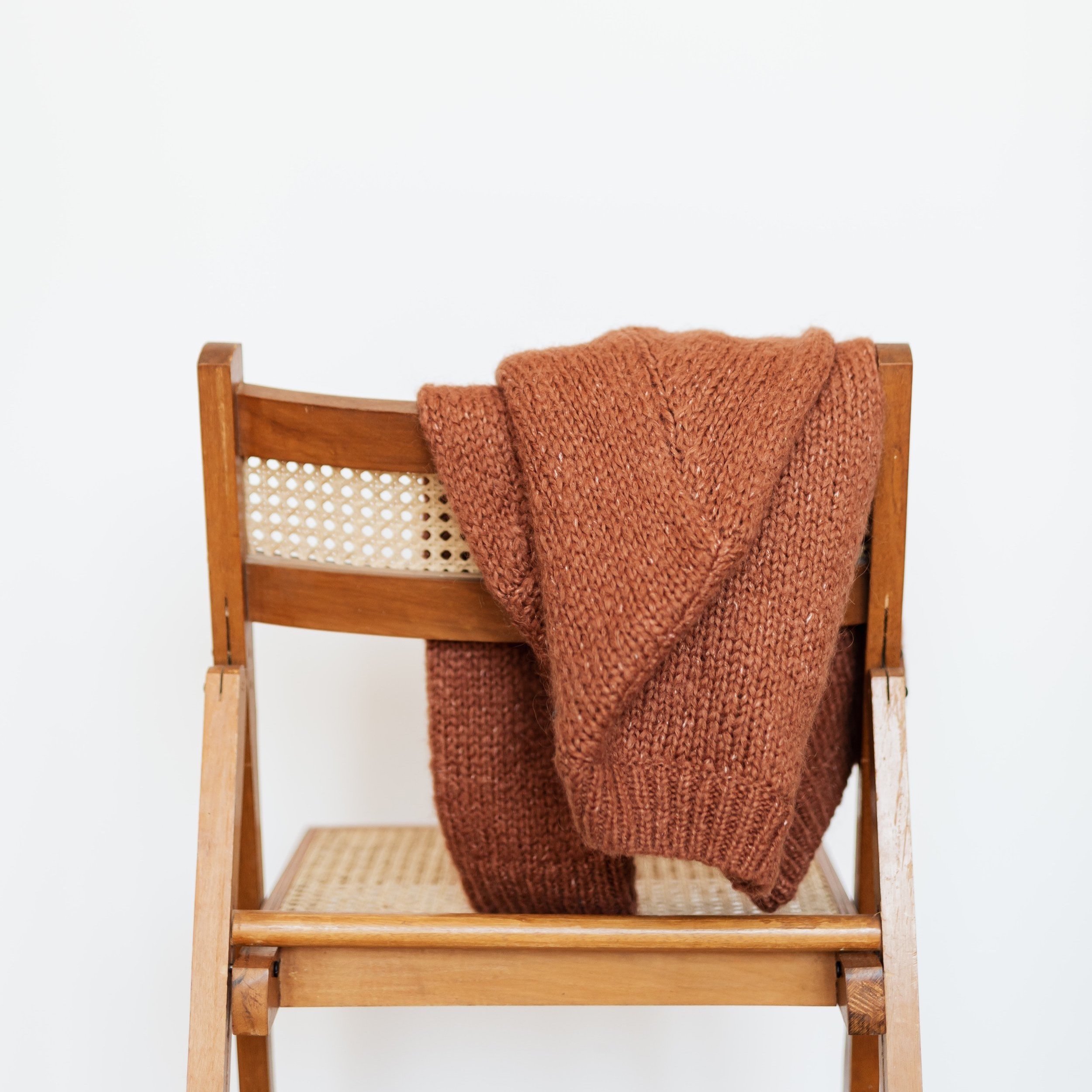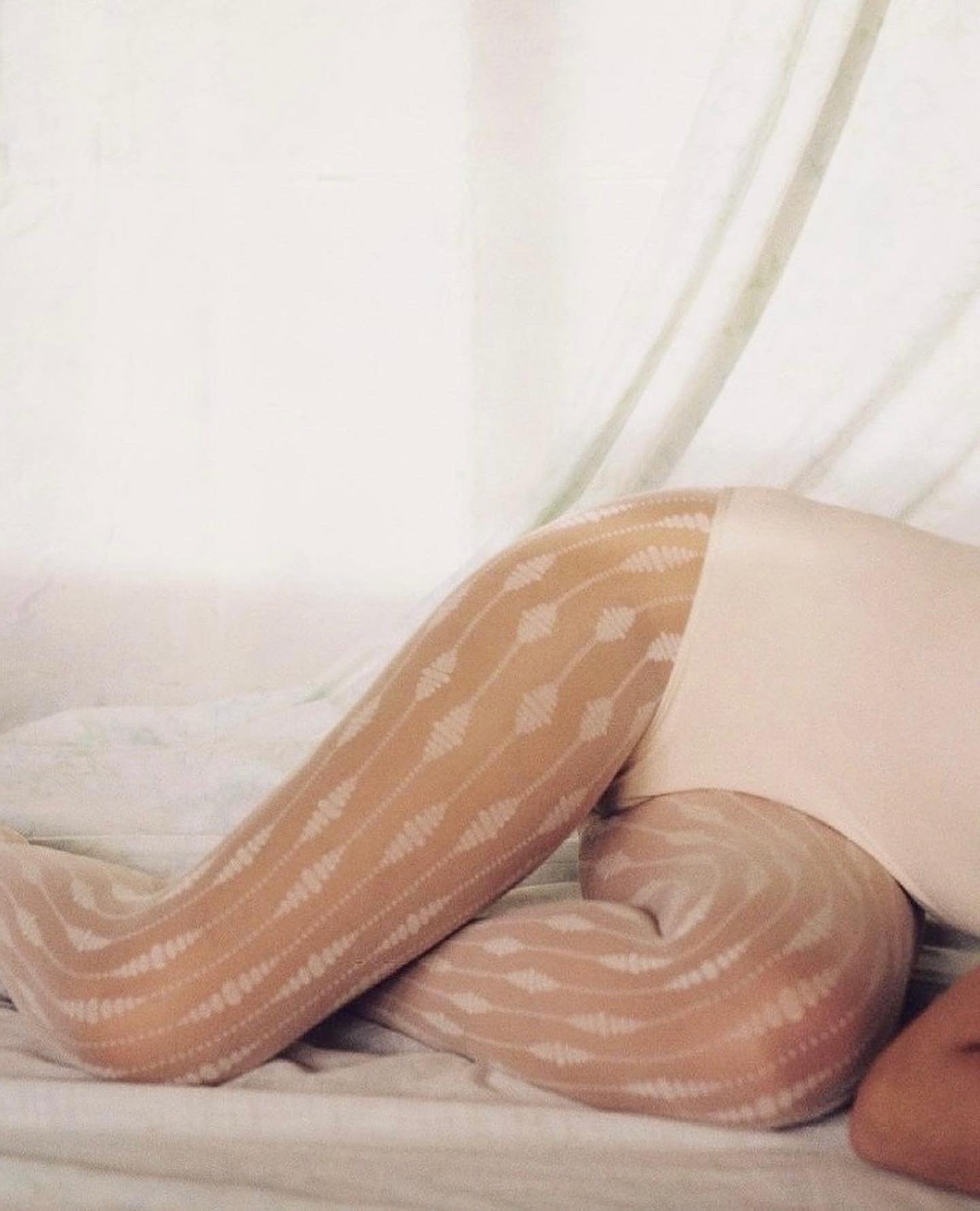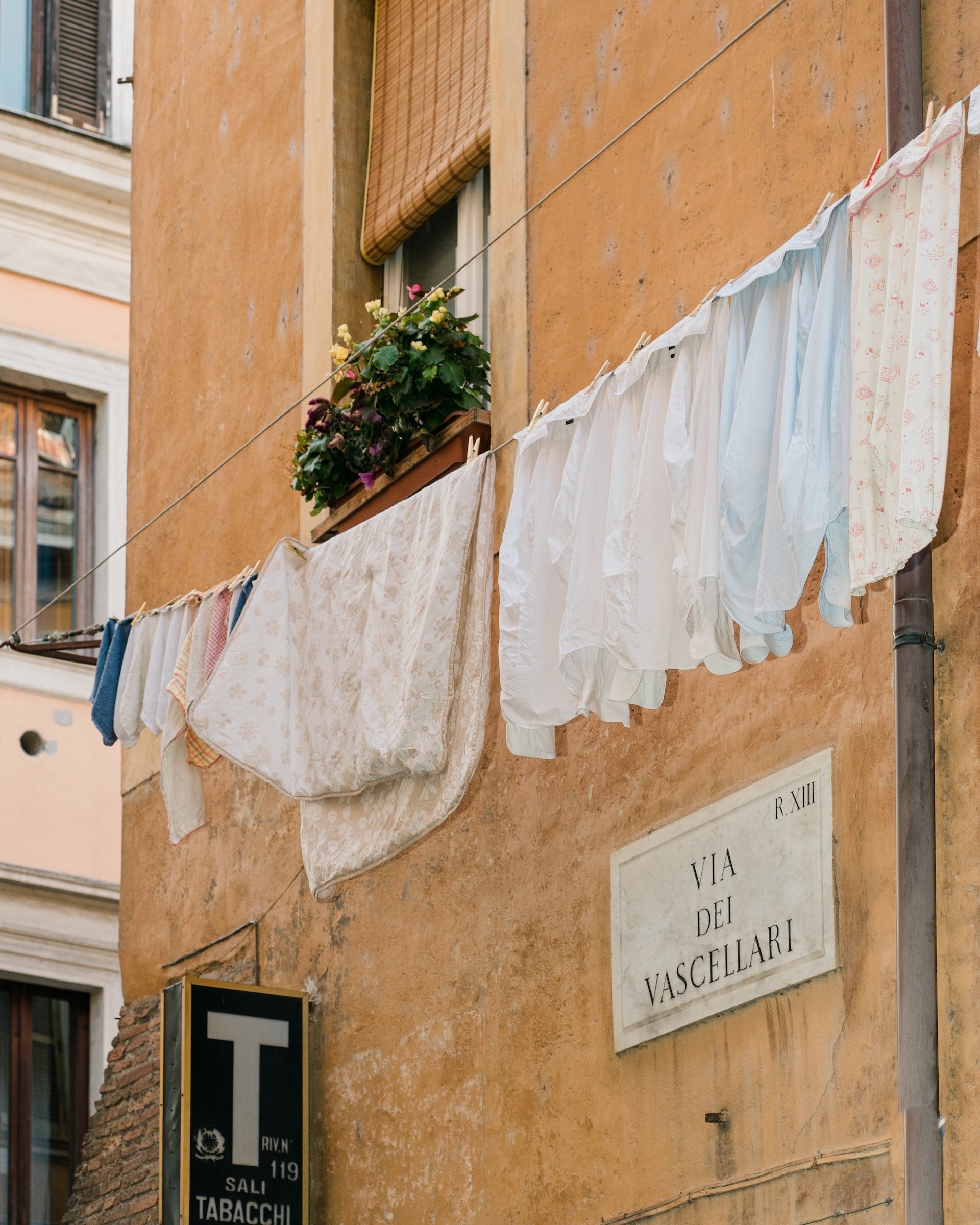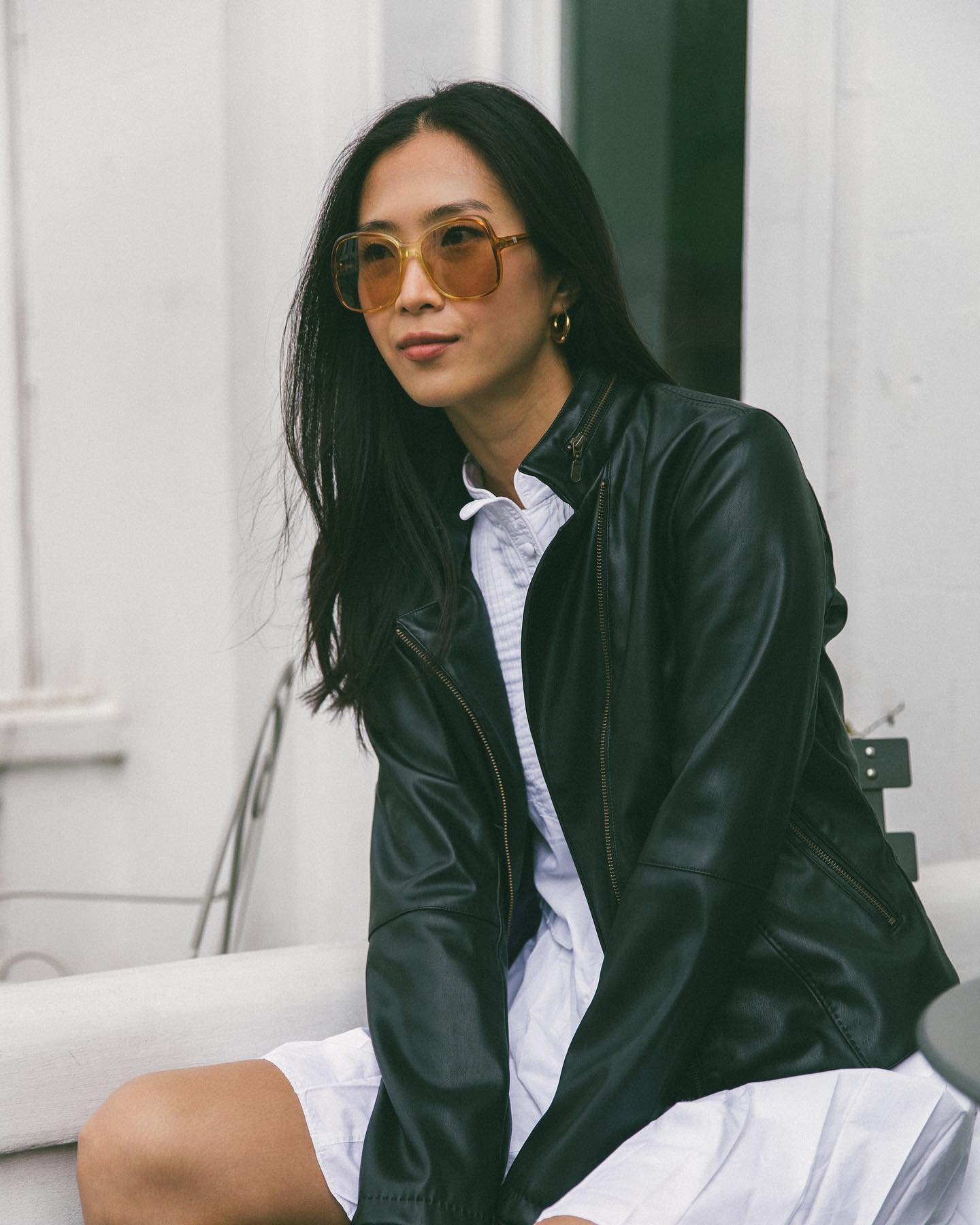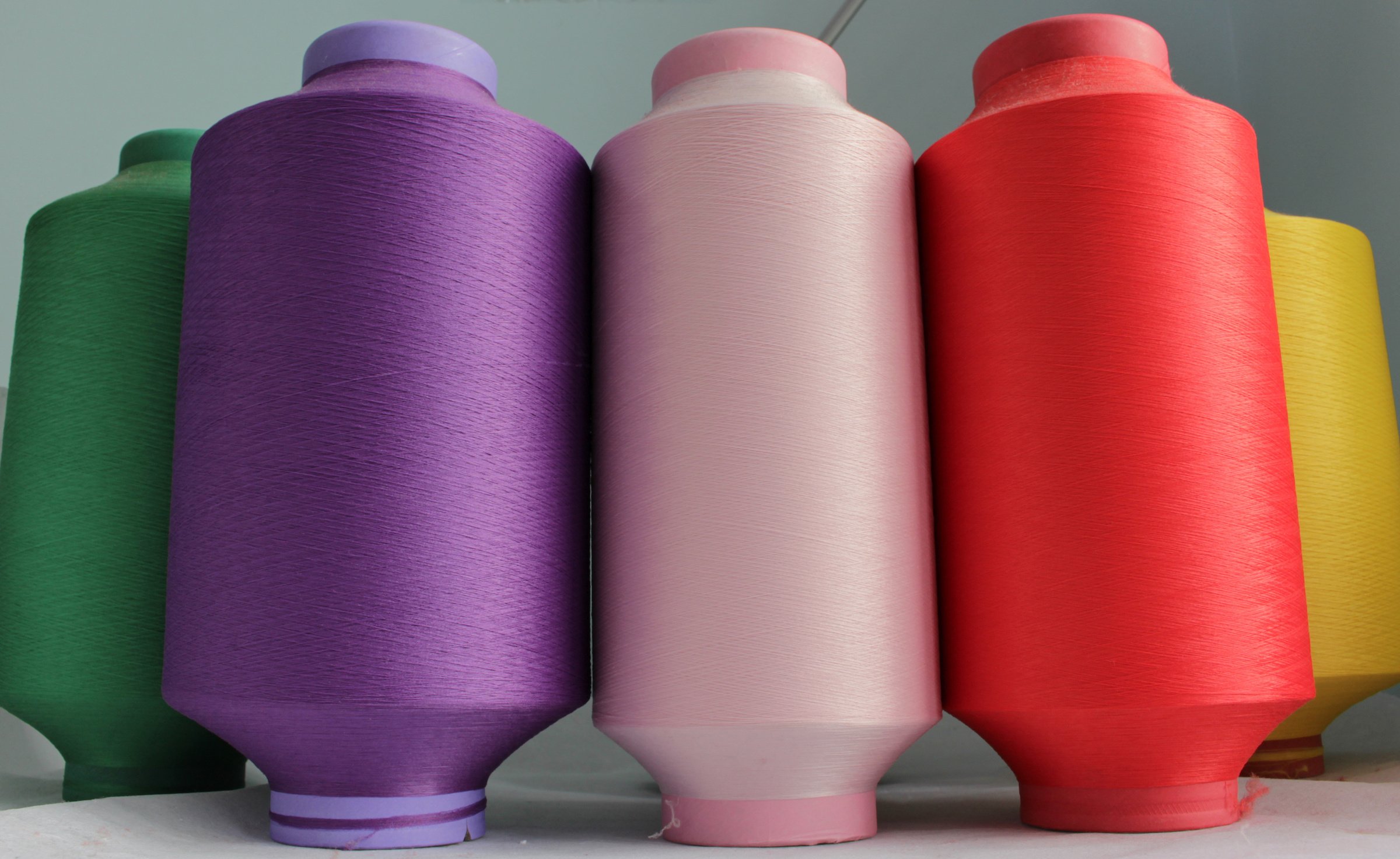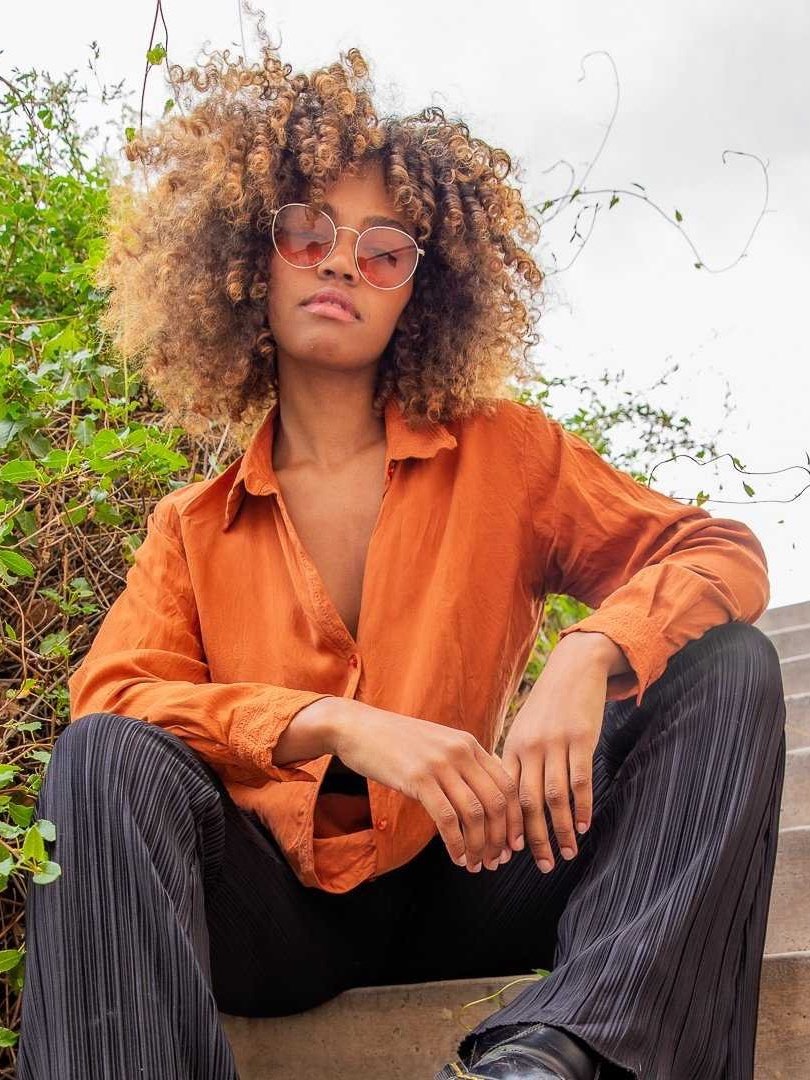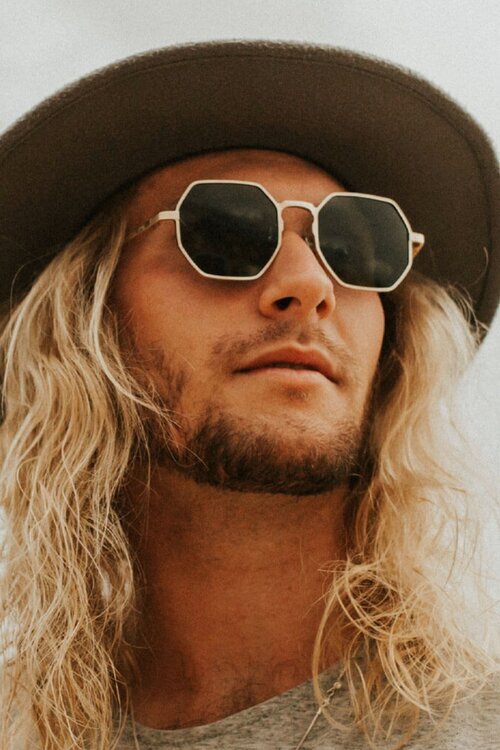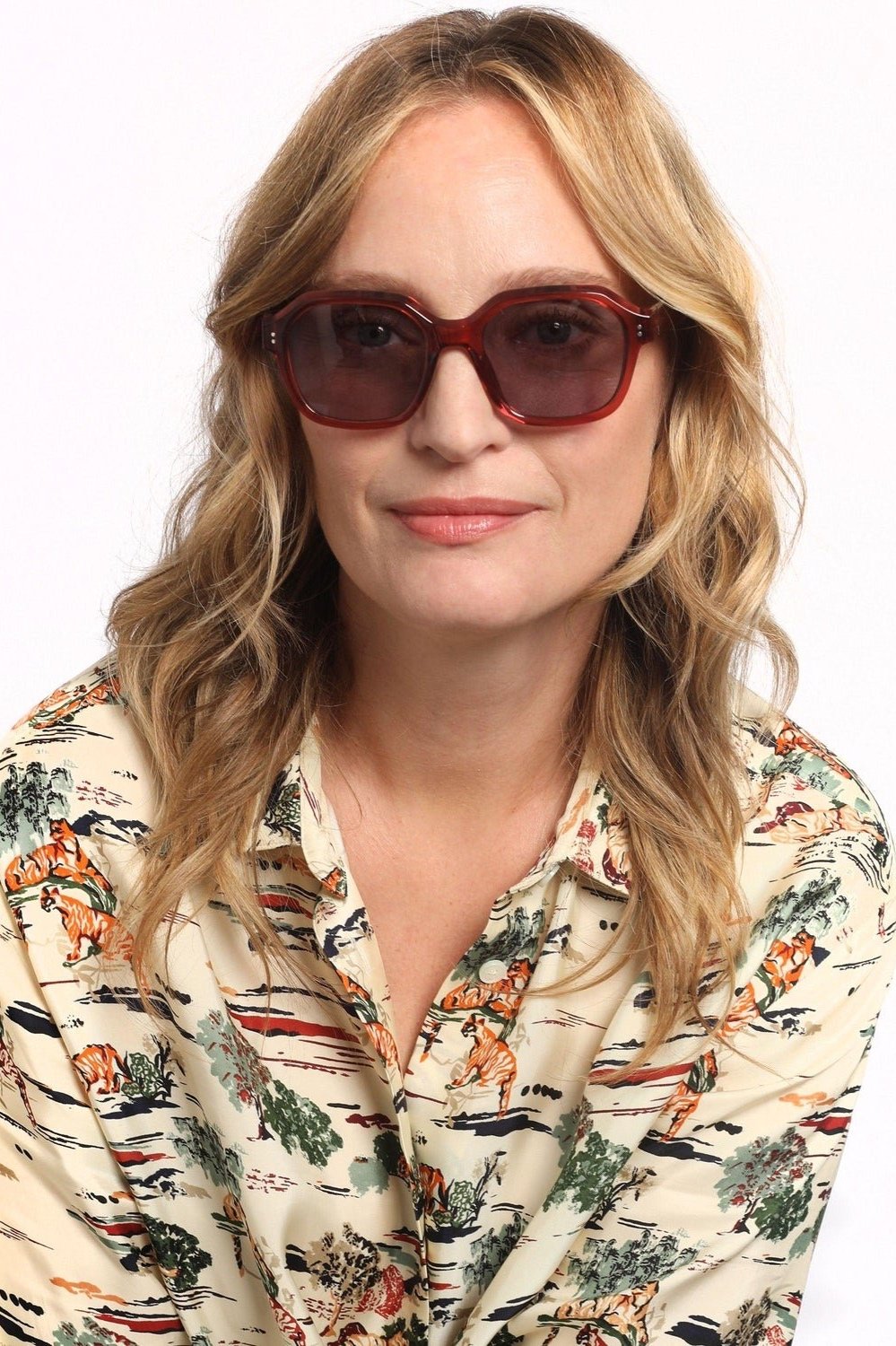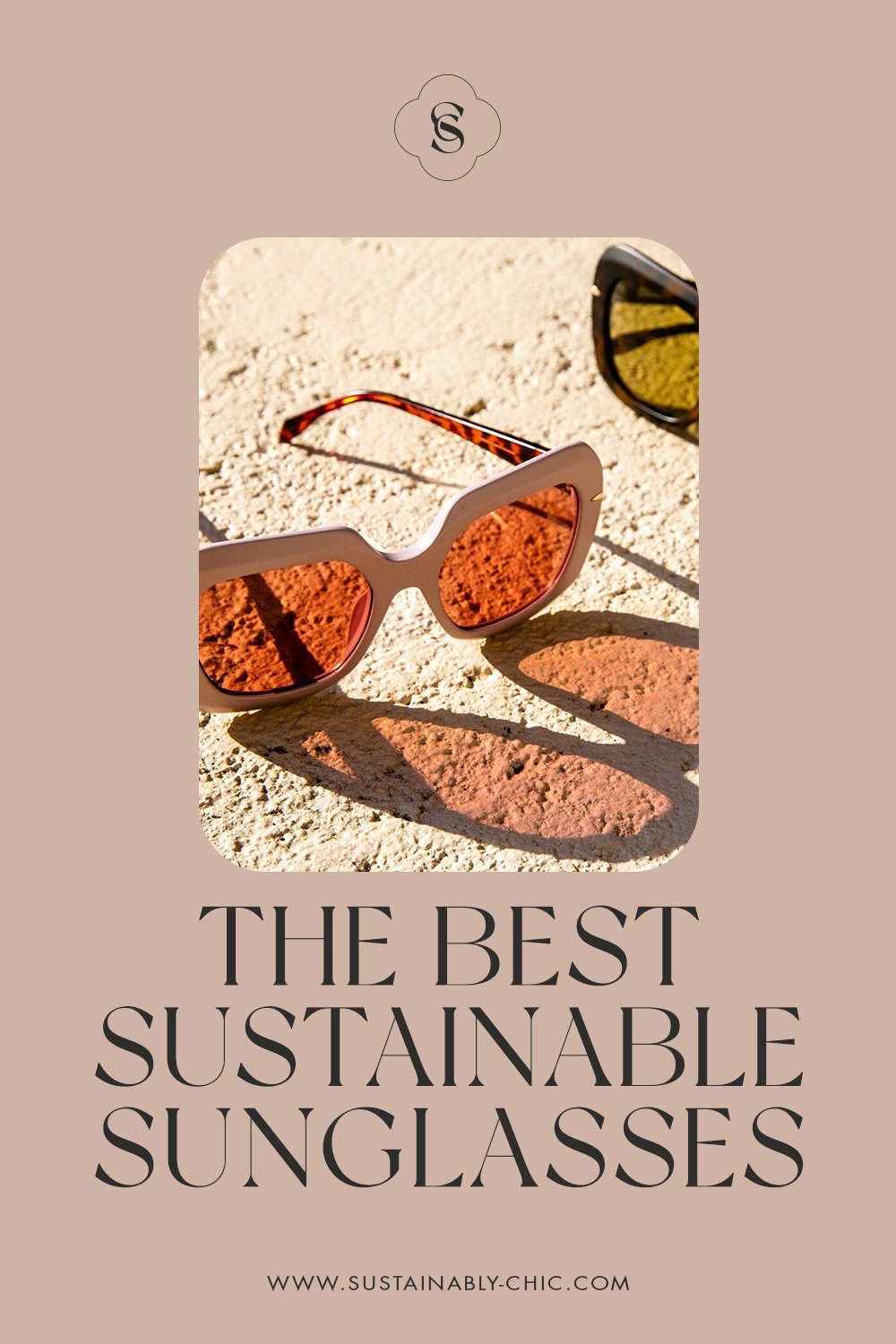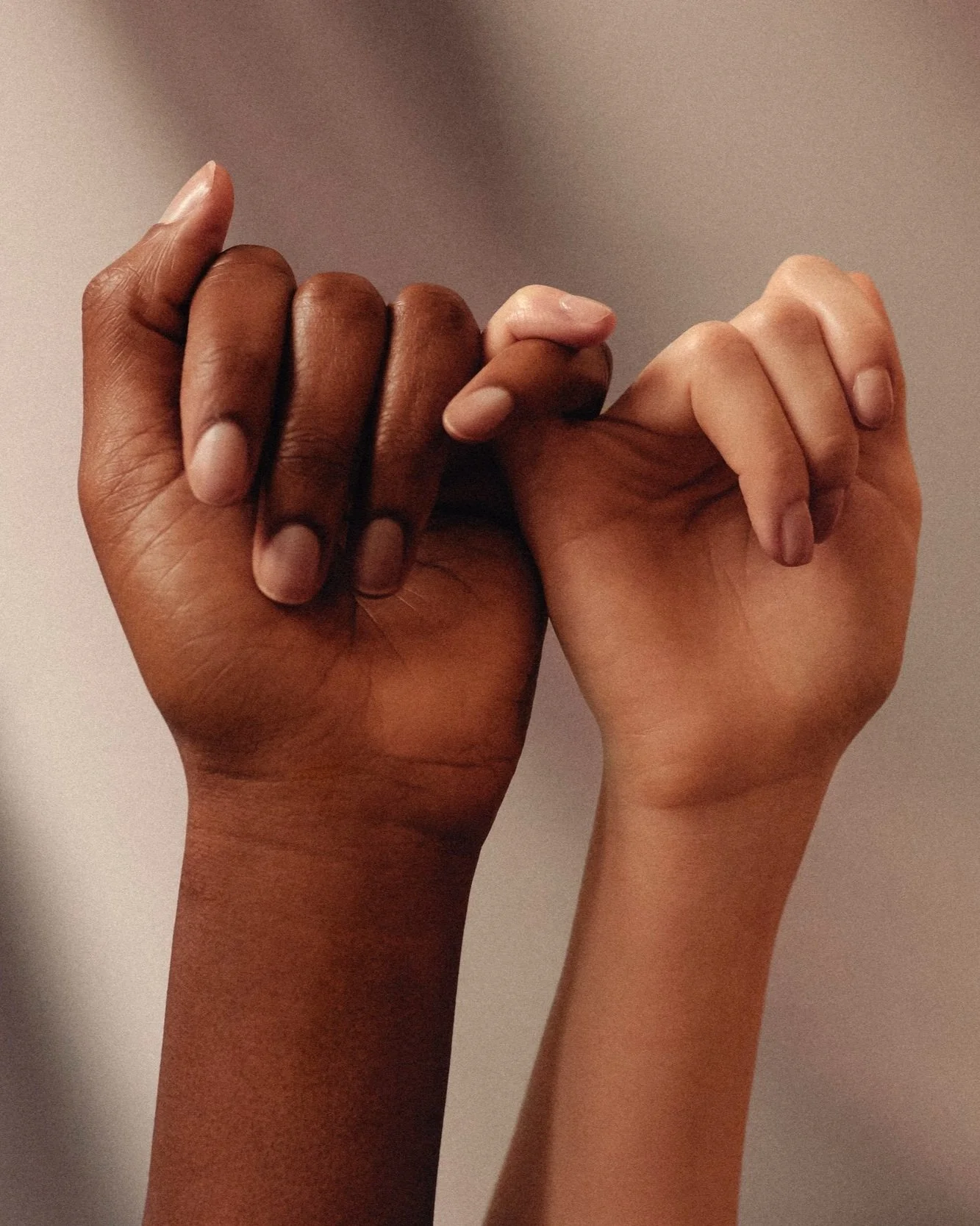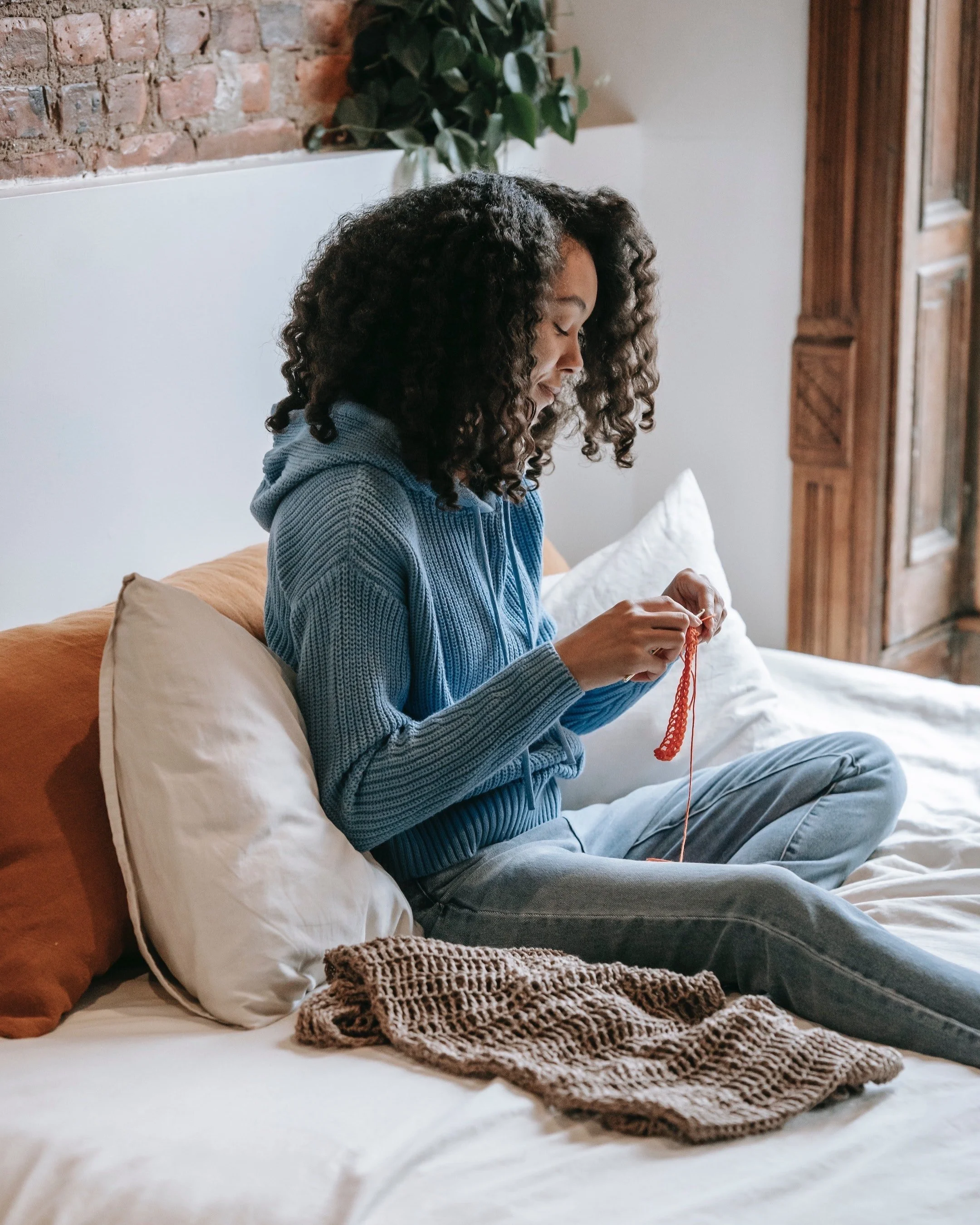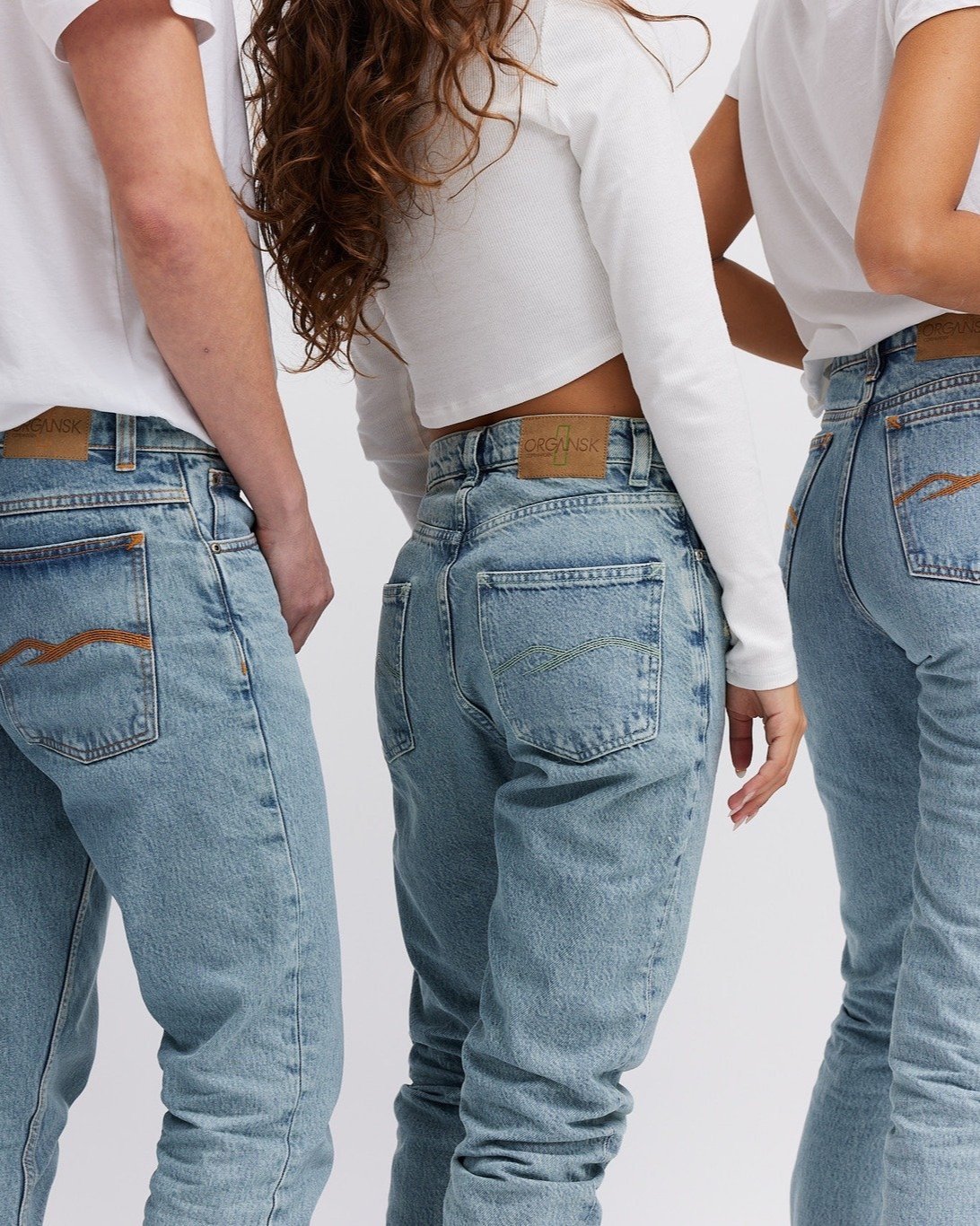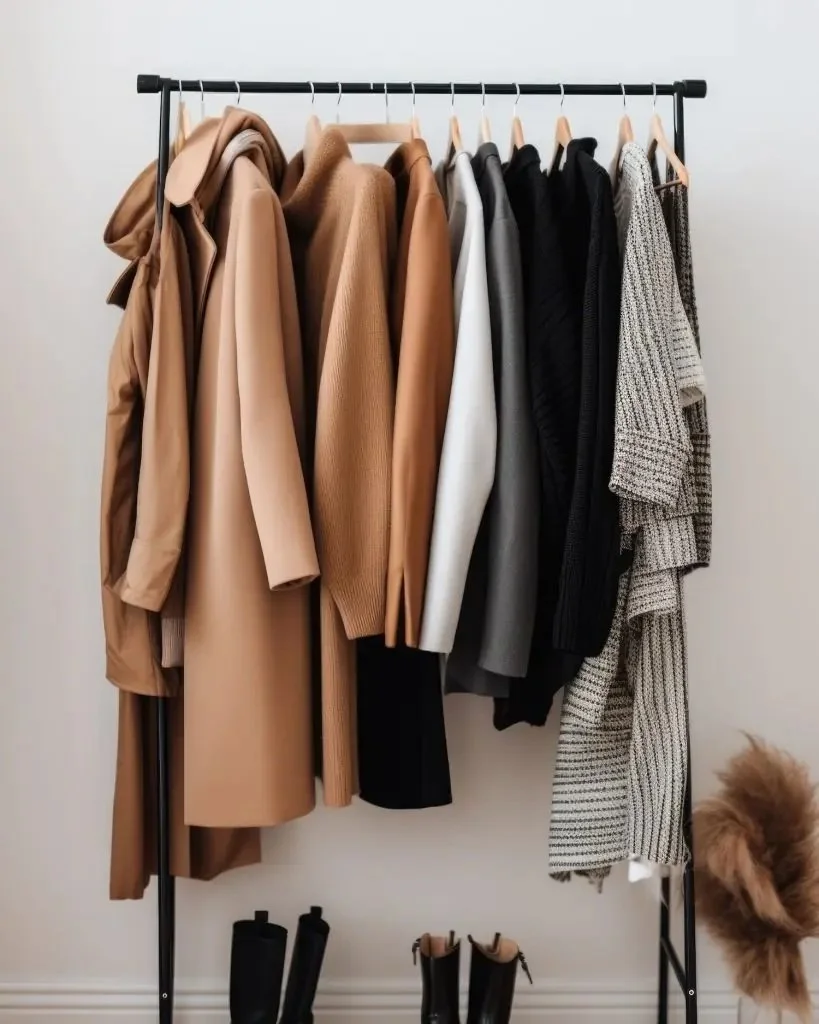A Guide to Sustainable & Eco-Friendly Baby Showers
Awaiting the arrival of your new bundle of joy is a magical time for parents, filled with excitement and anticipation. But, if you’re considering planning a baby shower to celebrate you as soon-to-be-parents, you might wonder if it’s possible to make this a sustainable event. The good news is there are countless ways to ensure a sustainable baby shower is everything you want it to be for both mother-to-be and Mother Nature.
From the invitations to the decorations, so many elements of your baby shower can be made sustainable with just a bit of planning and some eco-alternatives. As more people have become aware of the environmental impacts of events like baby showers, the market for sustainable party supplies has grown to keep up with demand. You’ll now find great alternatives and sustainable solutions to help you plan a party you can be proud of, and that will inspire your guests to take notes for their future events!
Why make your baby shower sustainable?
Baby showers are now big business, with the average cost of hosting one anywhere between $100 and $1000. Unfortunately, along with the cost, a lot of waste happens from celebratory events, including baby showers. From food waste and single-use plastics to non-biodegradable confetti and unwanted party favors, many elements of a baby shower can be unsustainable and wasteful.
As with all events, you'll want to make this day memorable and enjoyable for you and your guests, but you'll feel even better if you know you've done your bit for the planet simultaneously. It can seem daunting to plan a sustainable event, often with many factors to consider. But don't worry; we've come up with a list of top tips to help you plan the perfect baby shower and keep things as eco-friendly as possible!
our top tips for hosting an eco-friendly baby shower:
1. Eco-friendly invitations
One of the ways you can start off on the right foot with your sustainable shower planning is to think about the invitations you'll be making for the event. While it's common to have printed invitations sent out for a baby shower, unless you're family or close friends, these usually get thrown away. And unless the invites are fully recyclable (and your guests actually do recycle!), they will likely end up in landfill.
Why not opt for digital invites rather than printed ones? These can be found for free online, or you could design your own with free tools like Canva and then email them out. You can even use online evite sites that allow you to track invite responses, dietary requirements, and more - making your life even easier.
If you do go for print, try to use FSC-certified paper or recycled paper, and avoid foiled lettering or glitter, as these make the invites unrecyclable. You could even get invitations made on wildflower seed paper and encourage your guests to plant their invitations after the event. We have a post - here - that offers you some wonderful options.
2. Sustainable food and beverage options
If you're providing food and drink at the baby shower, there are several ways you can choose more sustainable options. If you're using a caterer, search for one who uses organic, locally sourced produce and provides the food in zero-waste packaging.
Whenever possible, choose locally sourced and organic food and beverages. Locally sourced produce reduces carbon emissions associated with long-distance transportation, while organic options support sustainable farming practices and avoid harmful pesticides.
Plan the menu around seasonal ingredients. Seasonal produce is often fresher, tastier, and more affordable. It also helps reduce your event's environmental impact by minimizing the need for energy-intensive storage and transportation.
Also consider opting for a plant-based menu to satisfy most dietary requirements and reduce your carbon footprint (maybe you can find some inspiration from some of our favorite vegan food bloggers). Make sure the plates, cutlery and cups you get are reusable too! You could even rent the things you need from a party rental company. They provide everything from tableware and linen to chairs and tables.
If you still need to opt for a few disposable items, we suggest checking out Repurpose for those! They have a lot of compostable options for cutlery, bowls, plates, cups and drinkware.
To minimize food waste, estimate the number of guests accurately. Consider serving food in smaller portions or offering a buffet-style meal where guests can choose what they want. Encourage guests to bring their reusable containers to take home any leftovers.
3. Eco-friendly decorations
First and foremost, go plastic-free! This will reduce the amount of single-use items you have at the baby shower and allow you to reuse the decorations again. Decorations are often available to rent too, which could be perfect for any big decorations you had in mind. You can also ask your family and friends if they have anything you can borrow from their past celebrations.
To tie in with the eco-friendly theme of the shower, use natural elements to decorate the space to really connect people to nature and create a calm, peaceful atmosphere. Potted plants make great centerpieces, and small trees could help fill any space you have.
Consider taking the party outside if you can, as beautiful natural landscapes make the best decorations for a party. What could be better than being surrounded by tall trees or hearing the sound of the ocean at your baby shower?
image: FashionLush
4. Games and activities with an environmental twist
We've all been to a baby shower that had loads of games with printed bingo cards, pens, paint, and even cheap onesies. Unfortunately, what doesn't get thrown in the trash usually gets forgotten or donated a few months later. Instead, think of games or activities that don't involve anything you won't use again.
Guess the baby is a popular game that can be easily made more eco-friendly. Simply ask your guests to bring along a photo of themselves as a baby and use wooden pegs on a line to hang them up - then record everyone's guesses digitally on your phone or tablet.
Another fun activity (not necessarily a game) would be to plant a tree. Set up a station where guests can contribute to planting a tree to honor the new baby. This activity not only encourages sustainability but also creates a lasting memory for the parents and their child.
5. Eco-friendly party favors for guests
It can be hard to come up with party favors to give to your guests that they will all want, especially when sticking to a budget. However, things like mini beeswax candles, homemade soaps and bath salts are usually crowd pleasers and can be pretty cheap if you can make them yourself or get them from a thrift store (psst..you can find lots of ribbon there).
You can also give your guests the gift of greenery by offering seed packets as party favors. Choose seeds of plants or flowers that are native to your region or support local wildlife. Encourage your guests to plant and watch them grow as a reminder of the baby shower. Another great idea would be to prepare homemade treats such as cookies, jams, or granola bars using organic and locally sourced ingredients. Package them in reusable glass jars or fabric bags, and attach a personalized note expressing your gratitude. This not only reduces waste but also shows your guests how much you value their presence.
You could even tie the party favors into the games or activities of your baby shower. For example, have people decorate mini potted succulents to take home with them or make their own candles or soap at an activity station during the baby shower.
By opting for eco-friendly party favors, you not only reduce waste but also inspire your guests to make sustainable choices in their everyday lives.
6. Sustainable gifts
If your guests are keen to offer gifts at your shower, think about what you really need for the new baby. Unwanted or duplicate gifts can be an annoyance and even wasteful. Why not set up a sustainable gift registry and let people know they can select something from the list?
Struggling to come up with gift ideas? Check out our list of the best sustainable baby gifts, eco-friendly baby clothes brands, and don't forget our guide to creating a sustainable baby registry.
Not interested in gifts? Why not ask for donations to a local animal sanctuary or environmental charity you support?
7. The outfit
Don't forget about your outfit for the big day! You've been planning this party for weeks, so you'll want a special ensemble to feel good in on the day. But this doesn't have to mean going out and buying a brand new item of clothing! For the mom-to-be, if you don't have a maternity dress that will work for the event, why not rent one? There are loads of maternity wear rental websites that have dresses, skirts or jumpsuits to wear for your baby shower. Try Motherhood Rental or Rent The Runway Maternity for some inspiration! You could also find something second-hand or vintage that is often cheaper than buying brand new. You may even already have a flowy dress in your closet that has just the right amount of room for your growing belly :)
Conclusion: Celebrating the arrival of your little one while being kind to the planet
Hosting an eco-friendly baby shower doesn't have to be complicated or expensive. By following these seven tips, you can create a memorable and sustainable event that will positively impact the Earth and your little one.
From choosing eco-friendly games and activities to providing sustainable party favors, there are many ways to incorporate sustainability into every aspect of your baby shower. You can reduce waste and promote a green lifestyle by making conscious choices, such as using recycled materials, serving organic food, and opting for digital invitations.
Remember, the baby shower is not just about celebrating the new arrival but also about shaping a better future for them. By hosting an eco-friendly baby shower, you teach your little one the importance of caring for the environment and making sustainable choices from the beginning.
So, gather your loved ones, embrace the beauty of nature, and celebrate the joyous occasion while leaving a minimal environmental footprint. Let's raise our glasses to a greener and brighter future for your little one and the planet!
About the Author
Sarah King is a freelance writer with a focus on vegan fashion, sustainability and ethically made clothes. She campaigns for change in the fashion industry through her blog and on her Instagram page.
MAKE SURE TO PIN THE PHOTO BELOW TO SAVE THIS POST FOR LATER!
WANT to find SUSTAINABLE BRANDS? VISIT OUR BRAND DIRECTORY!
Our Brand Directory is home to hundreds of sustainable brands, from makeup to cleaning supplies, from underwear to shoes. We have broken everything down by category for easy shopping, along with discount codes unique to Sustainably Chic viewers.













